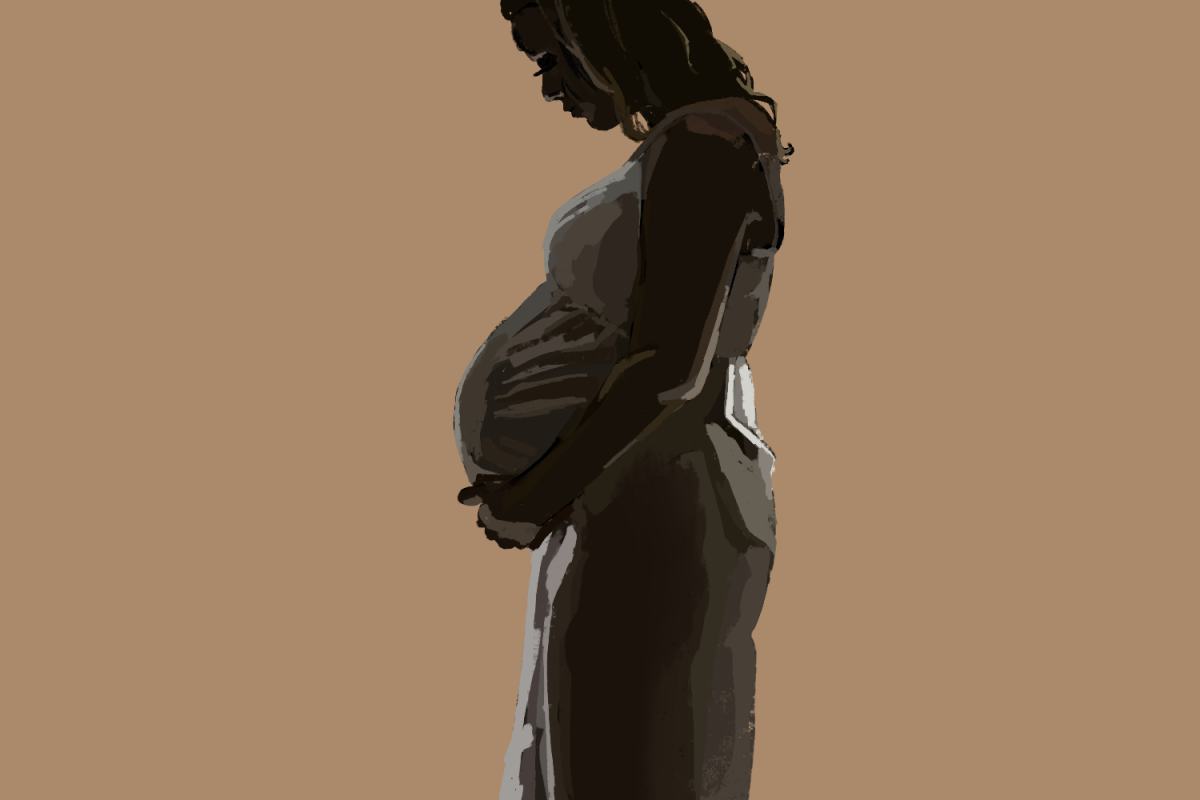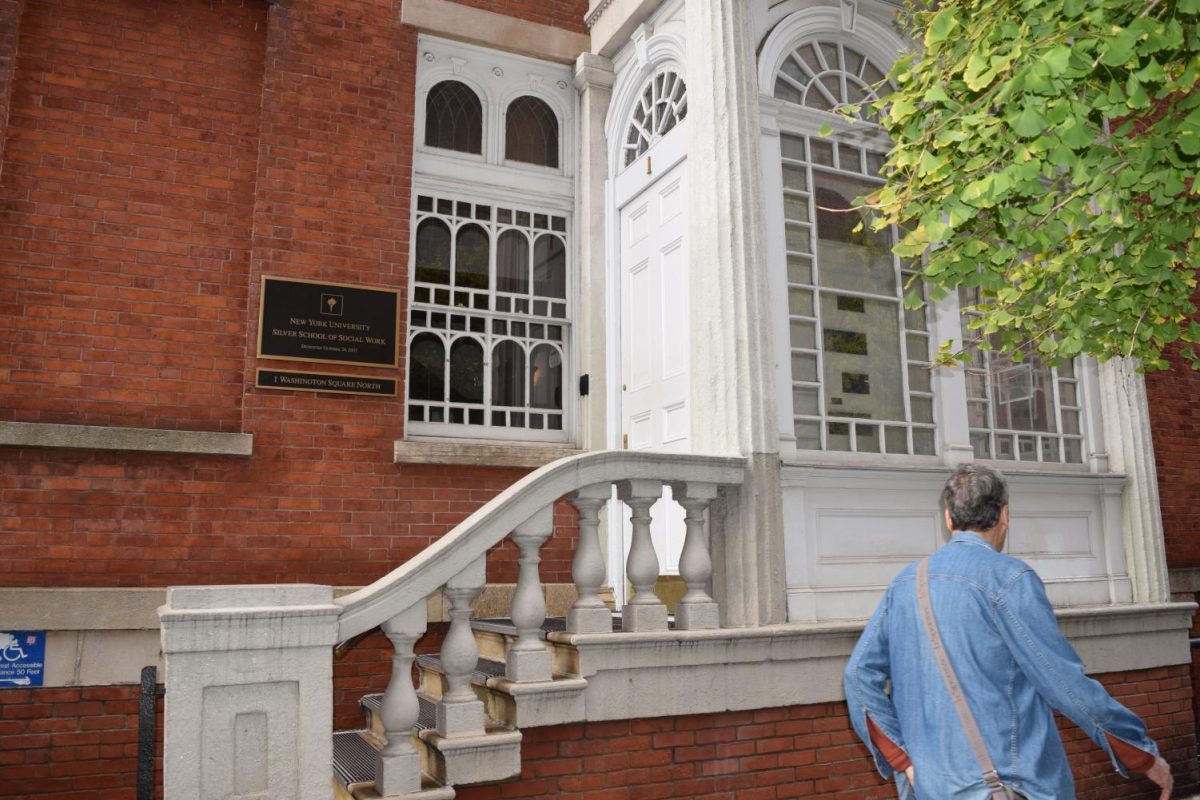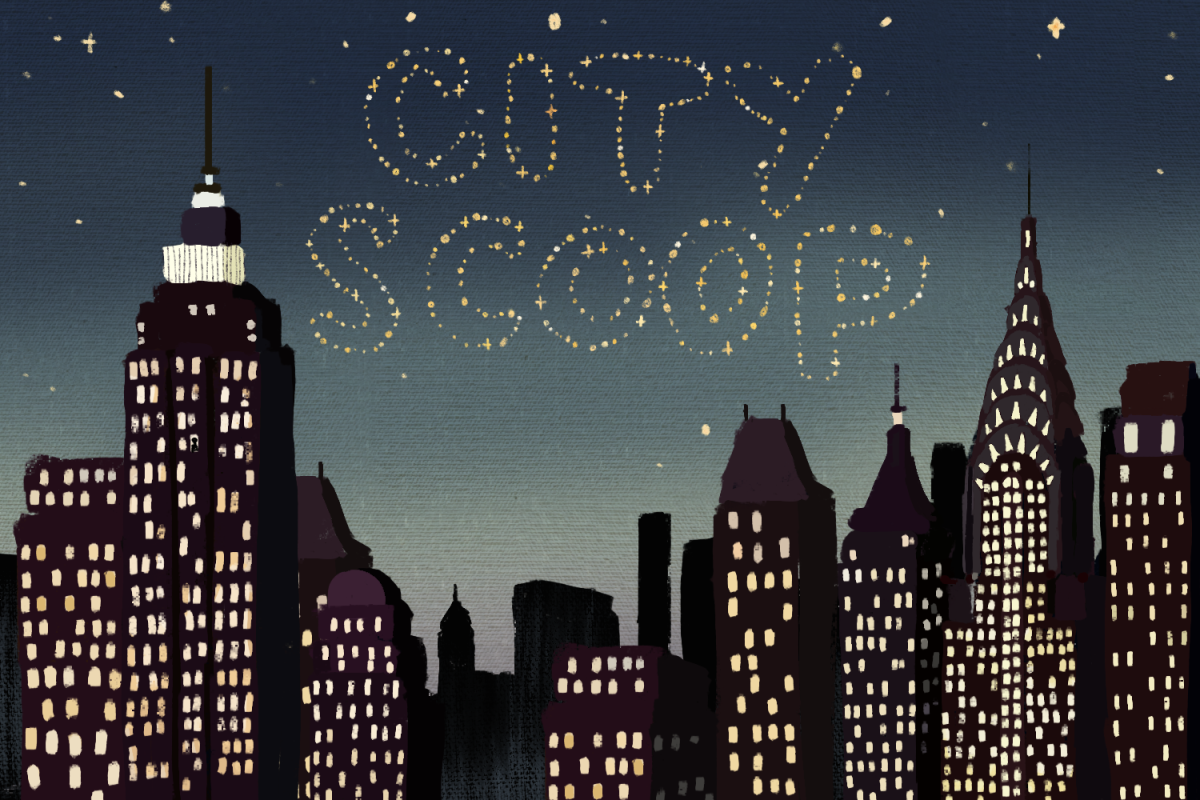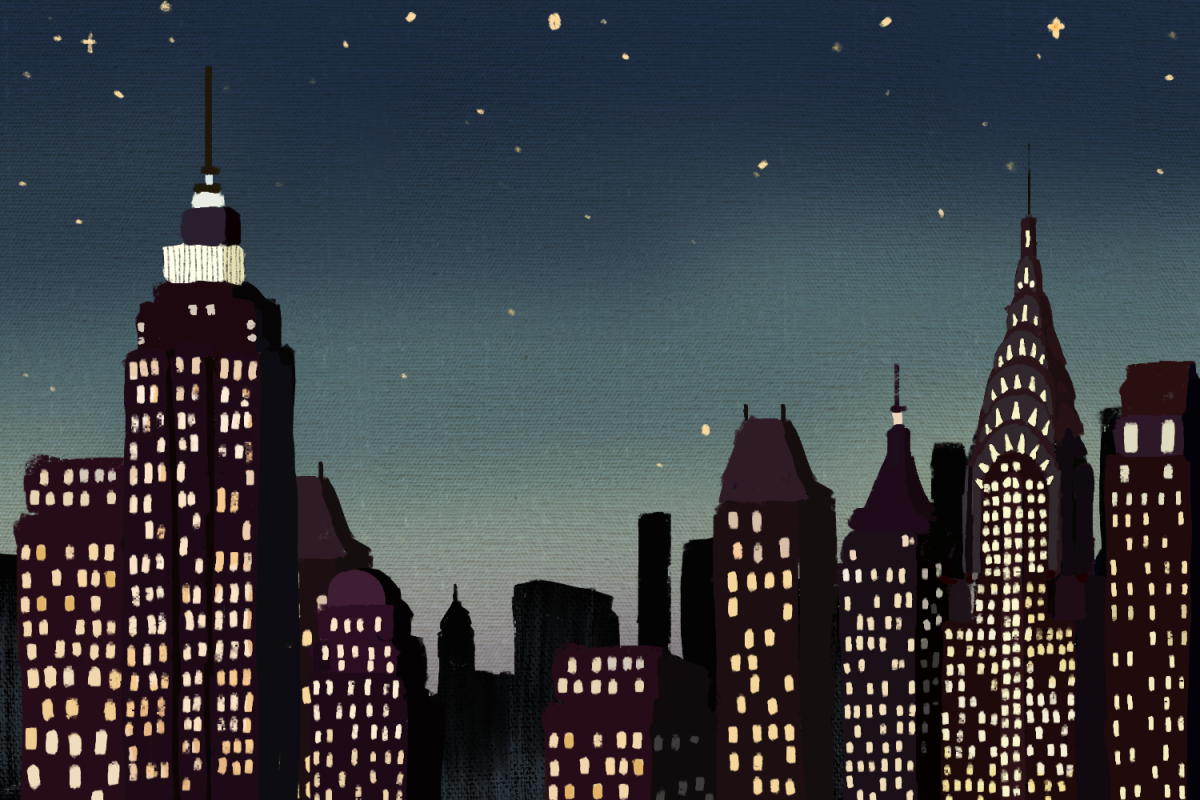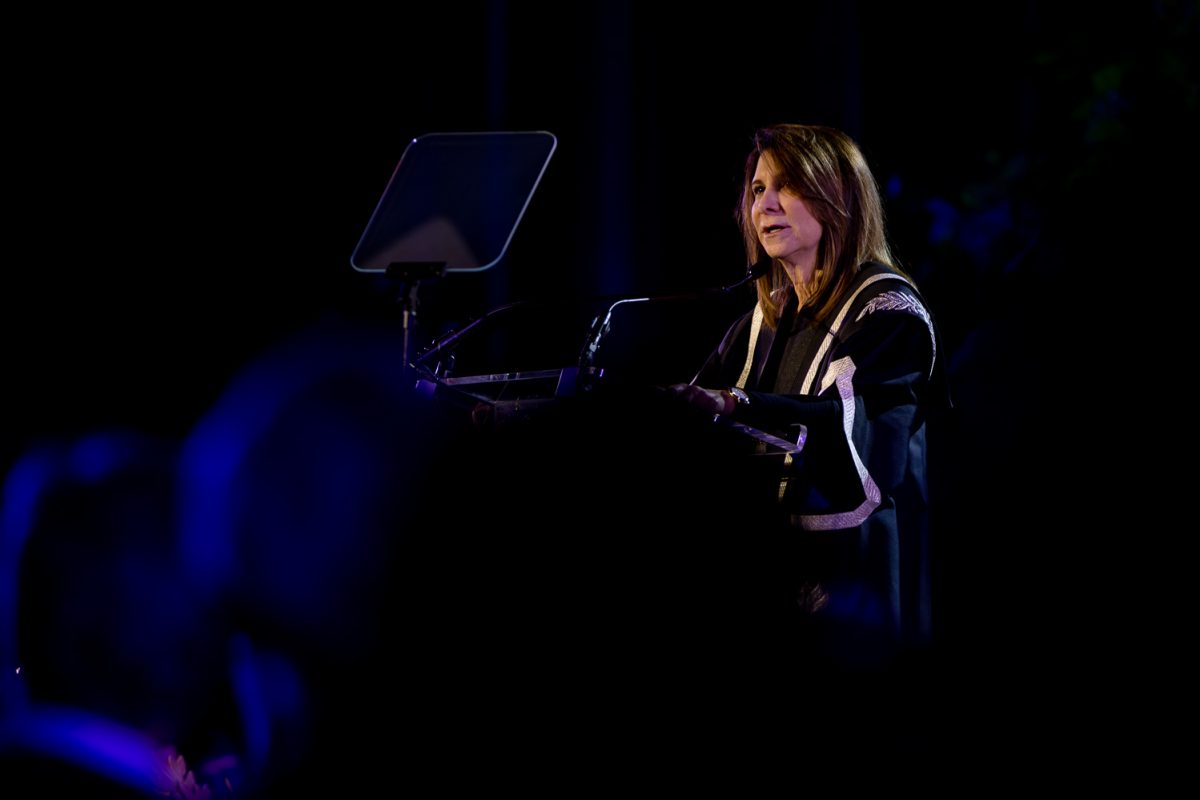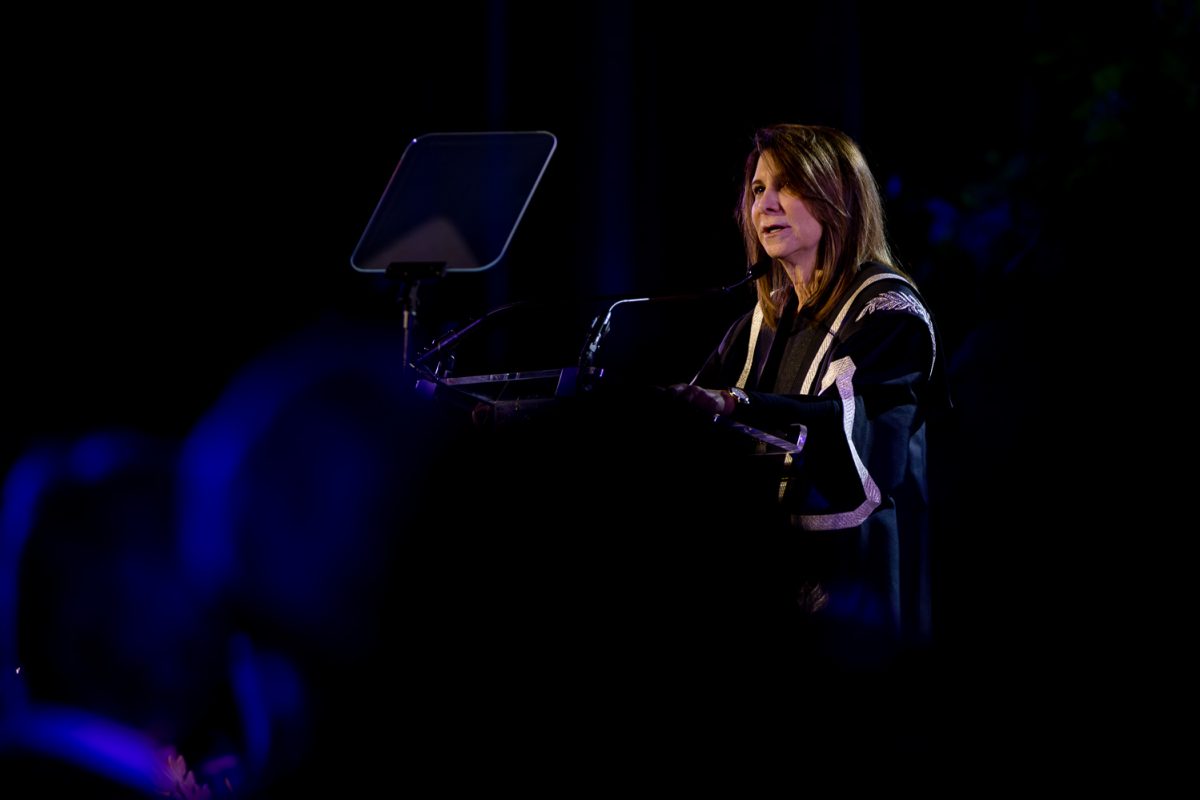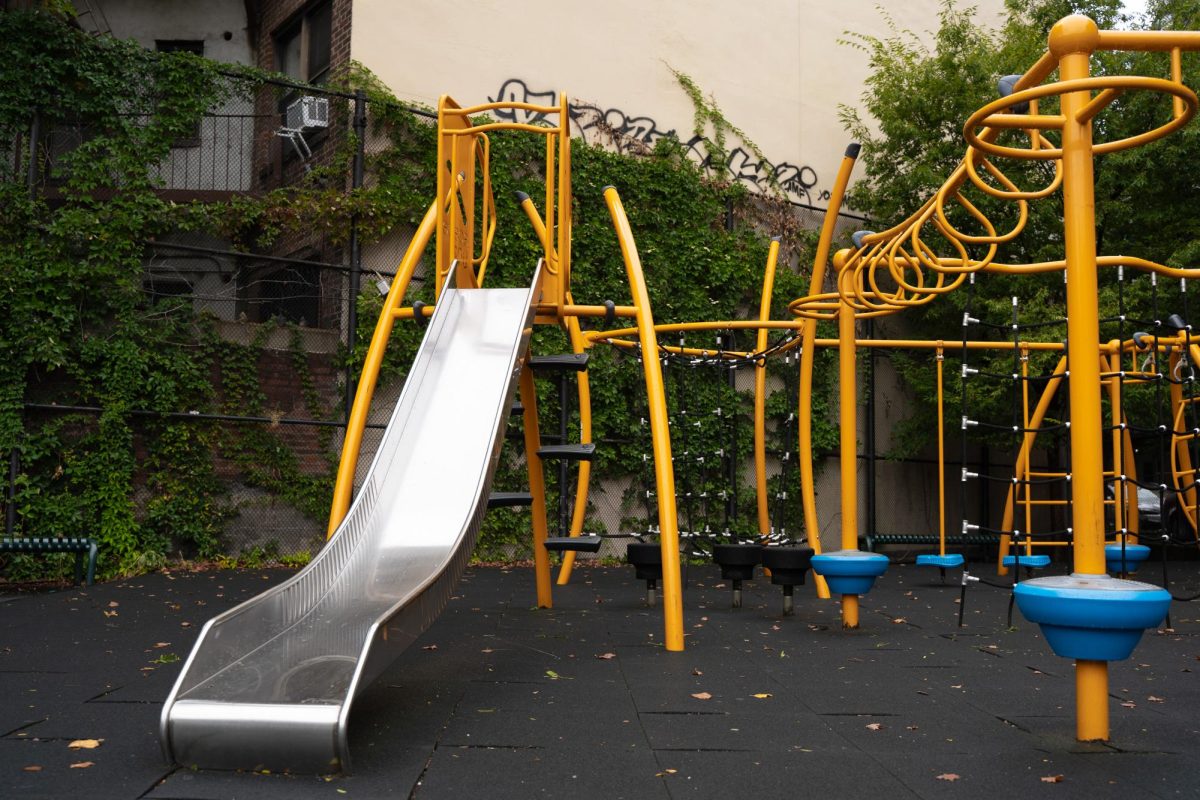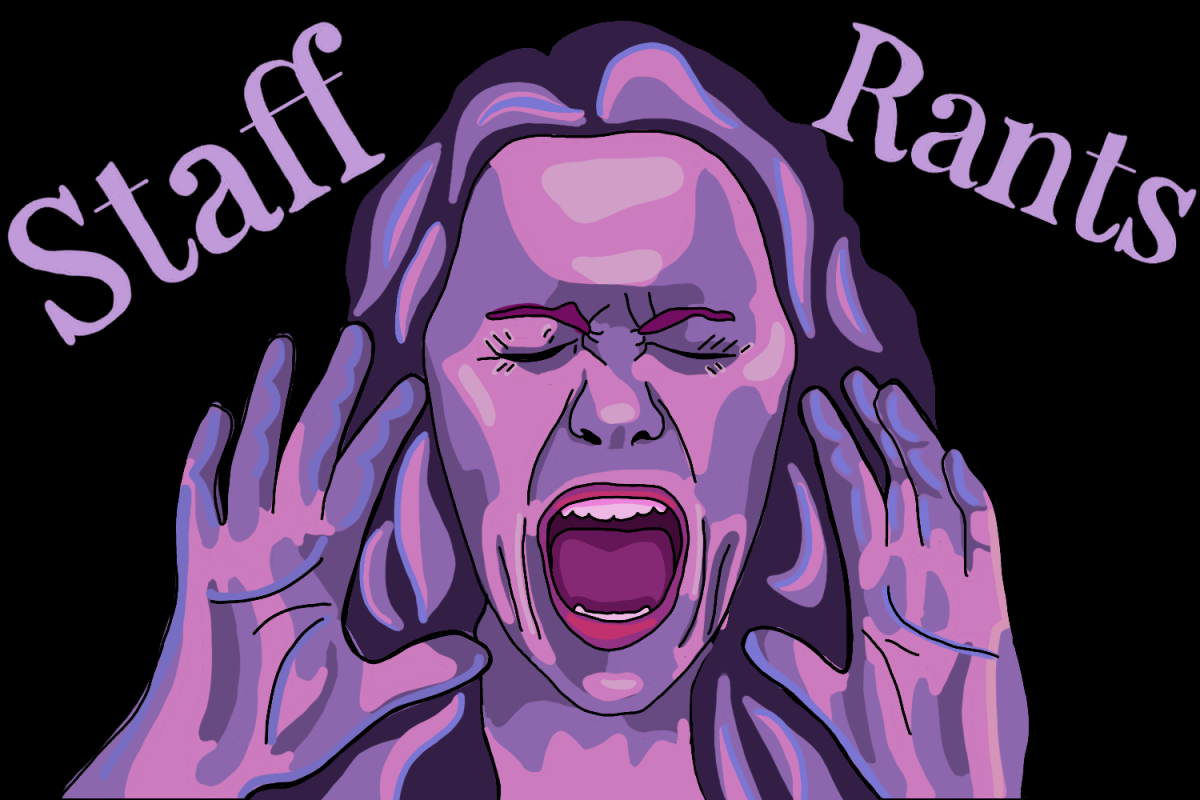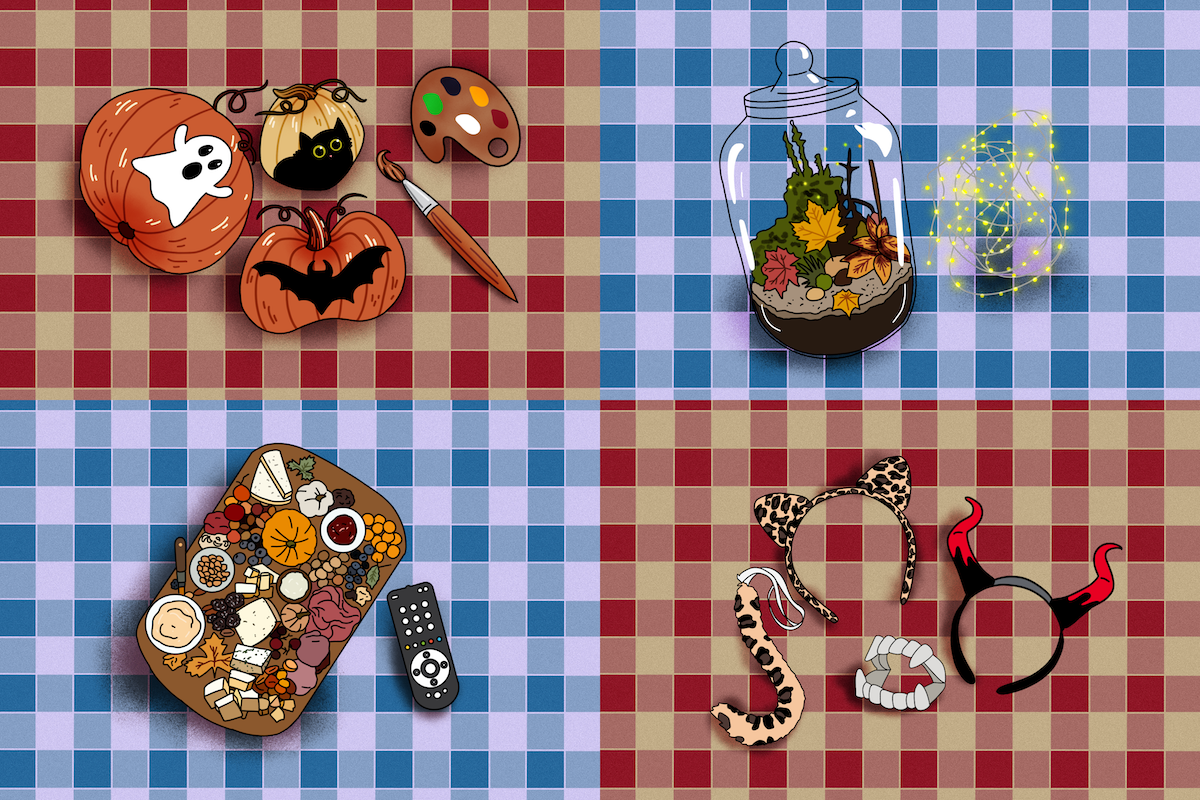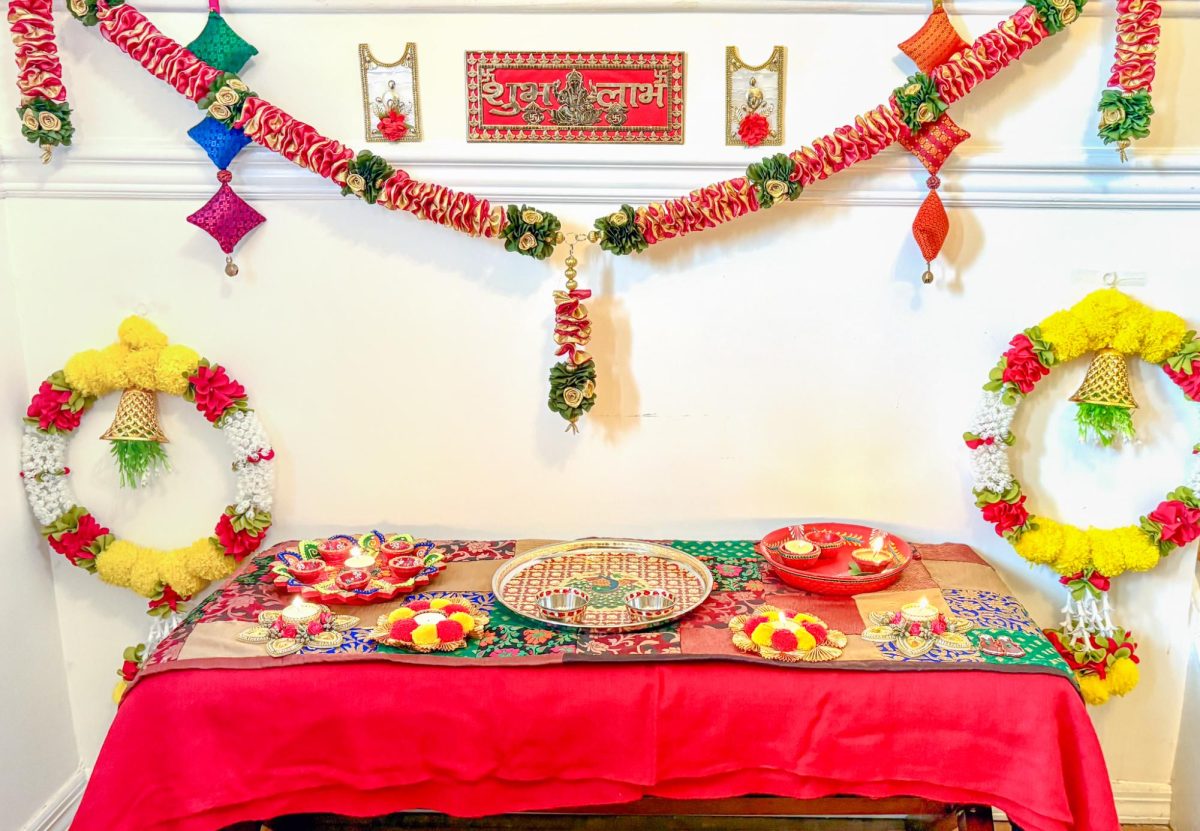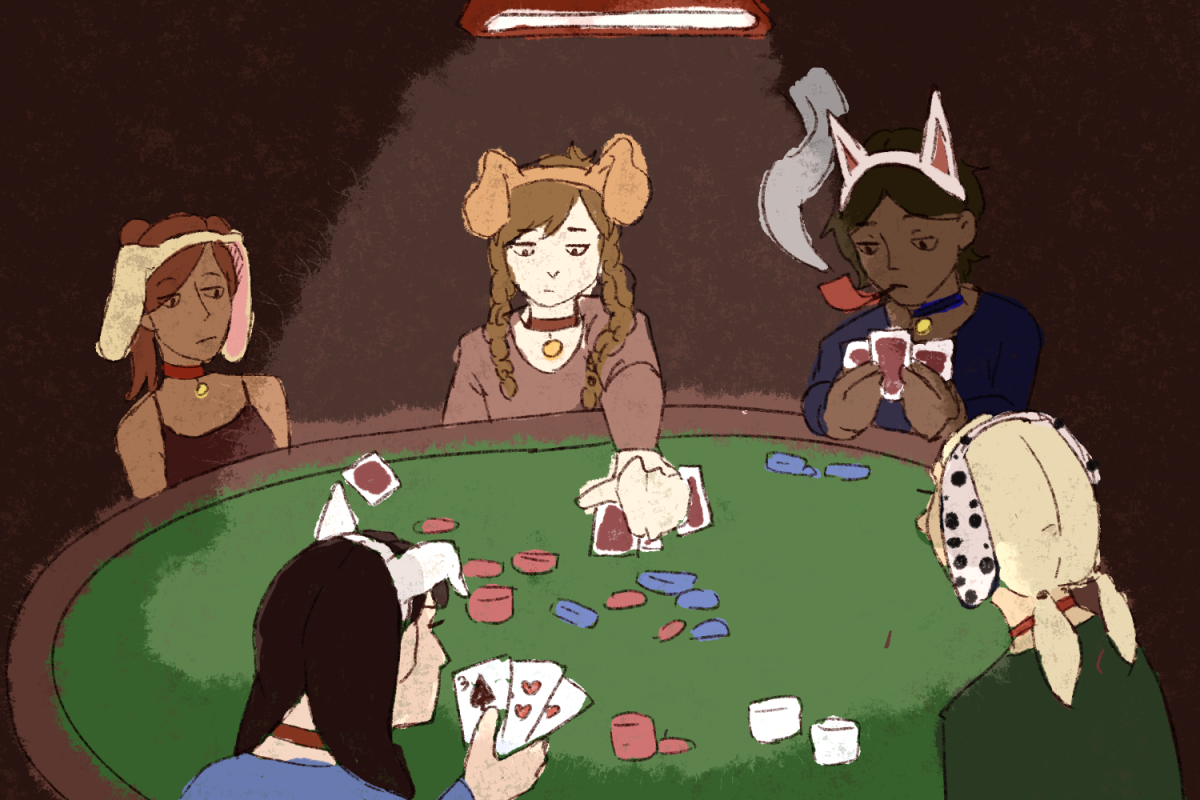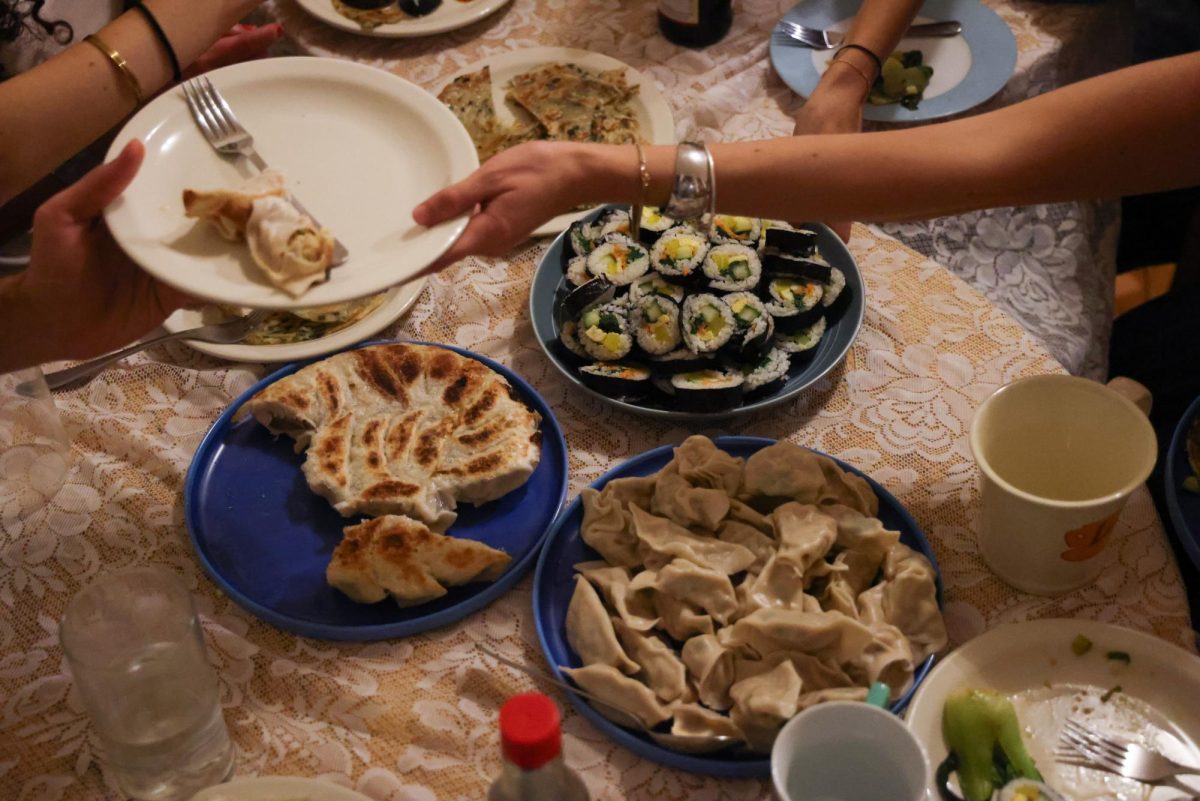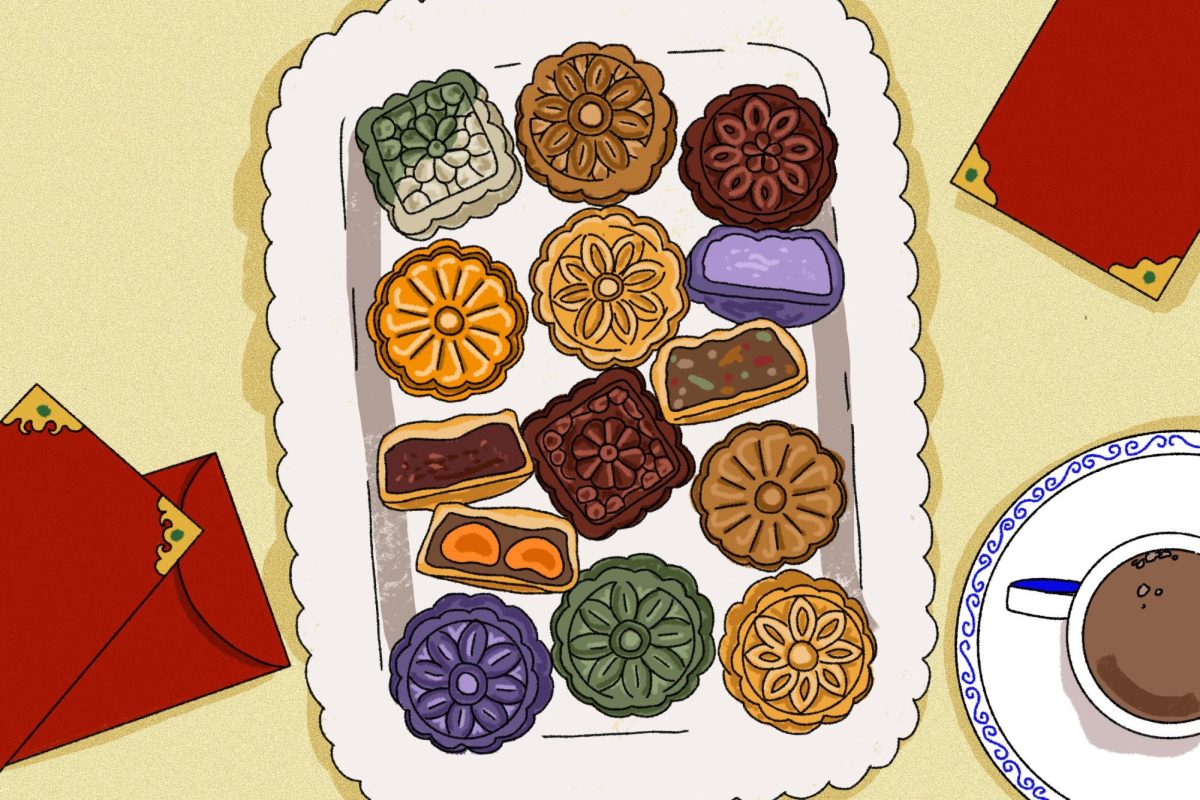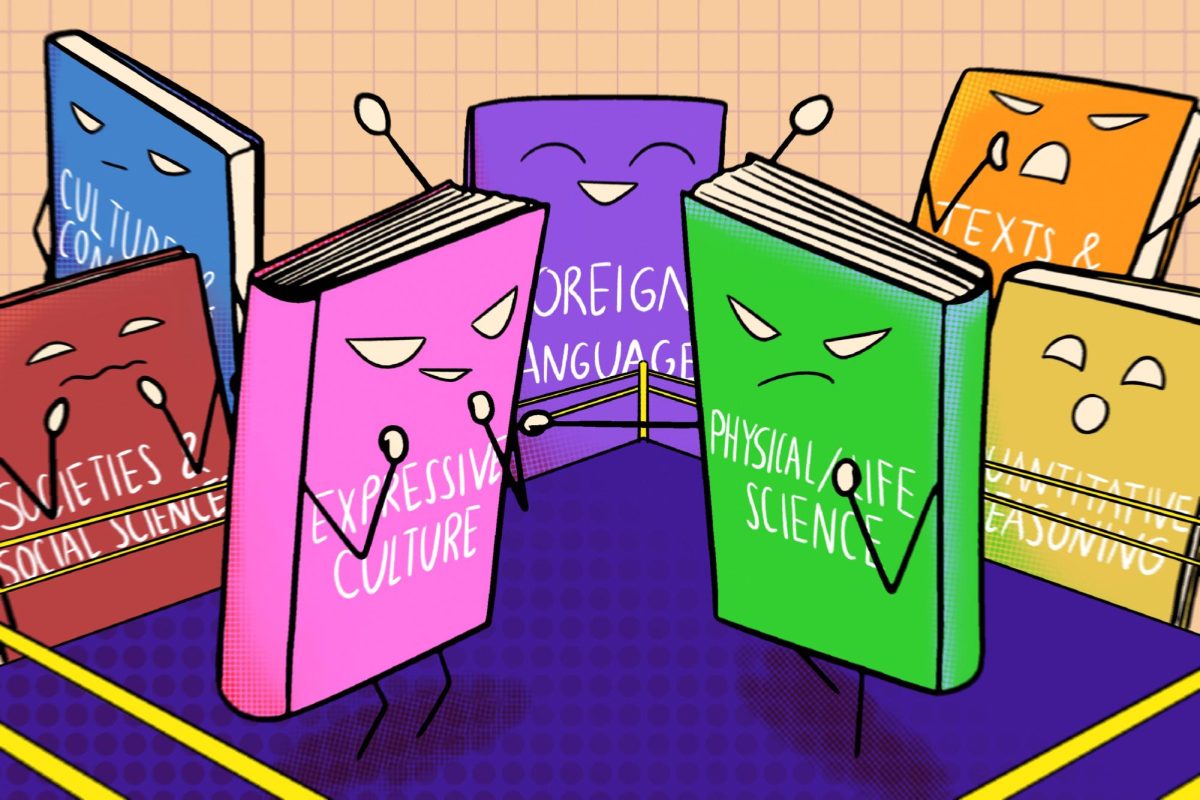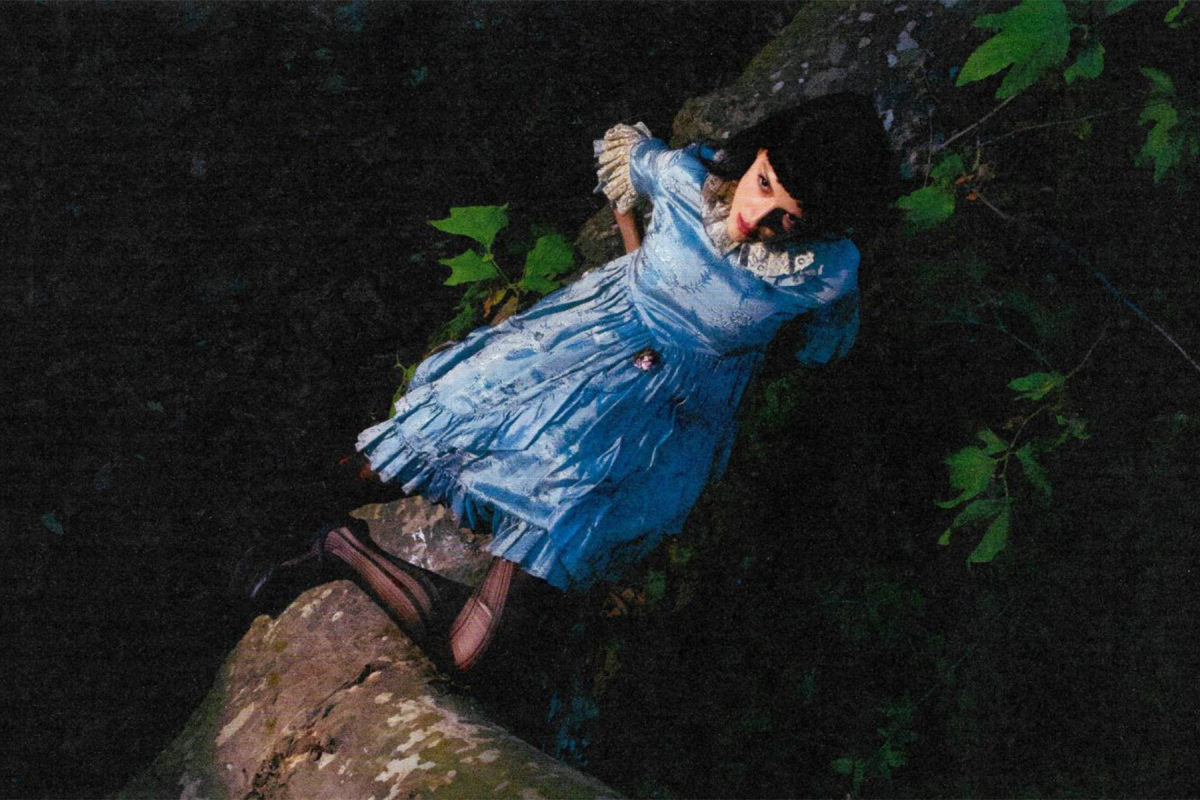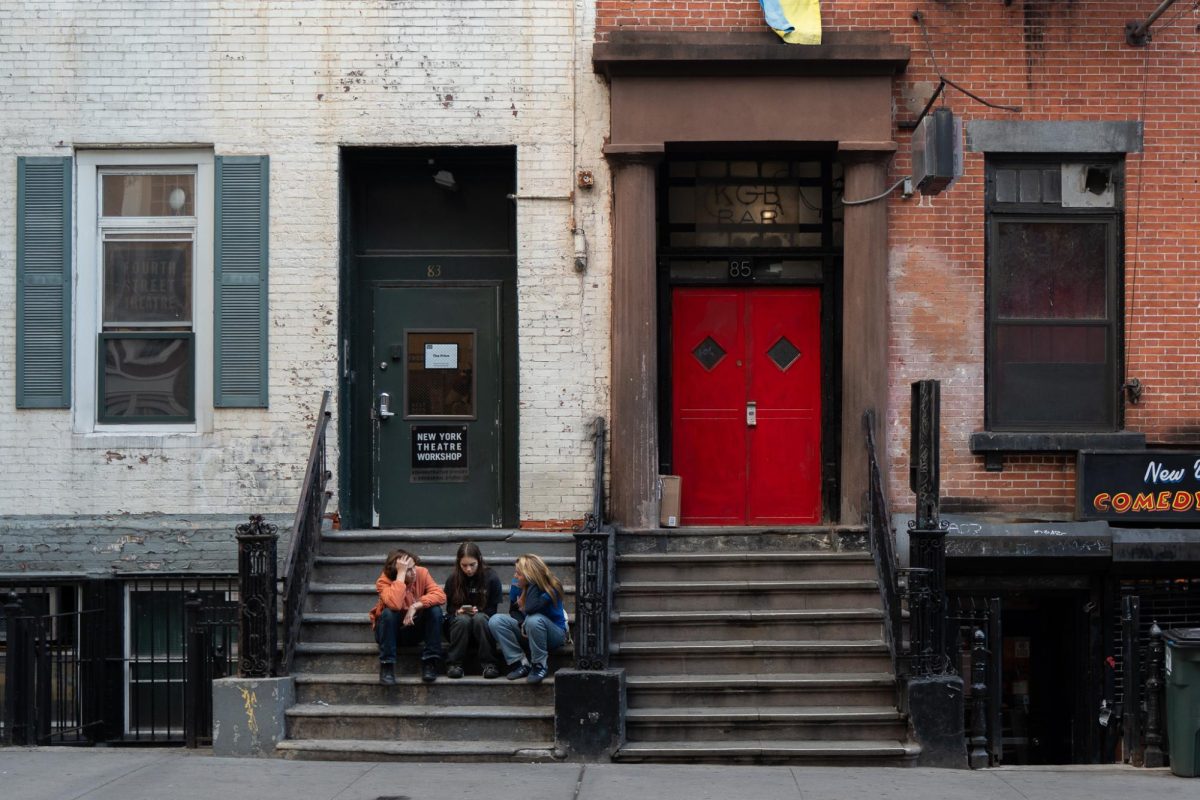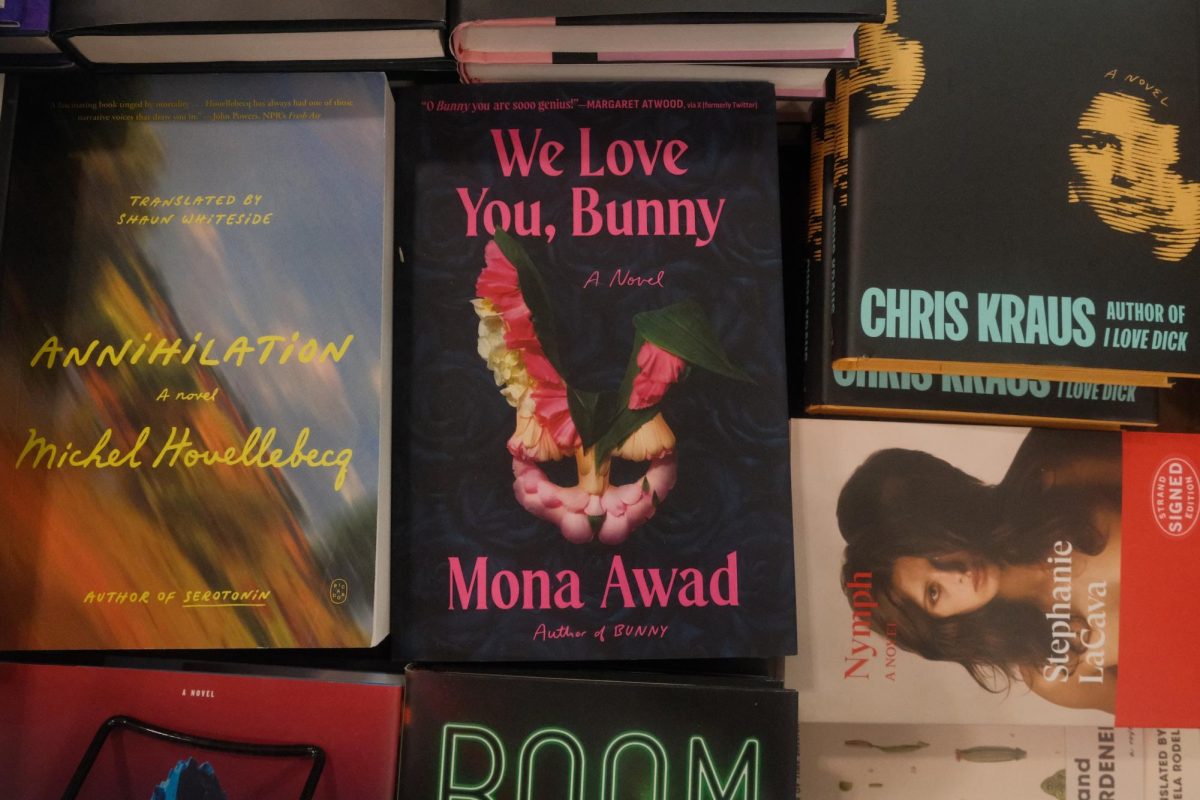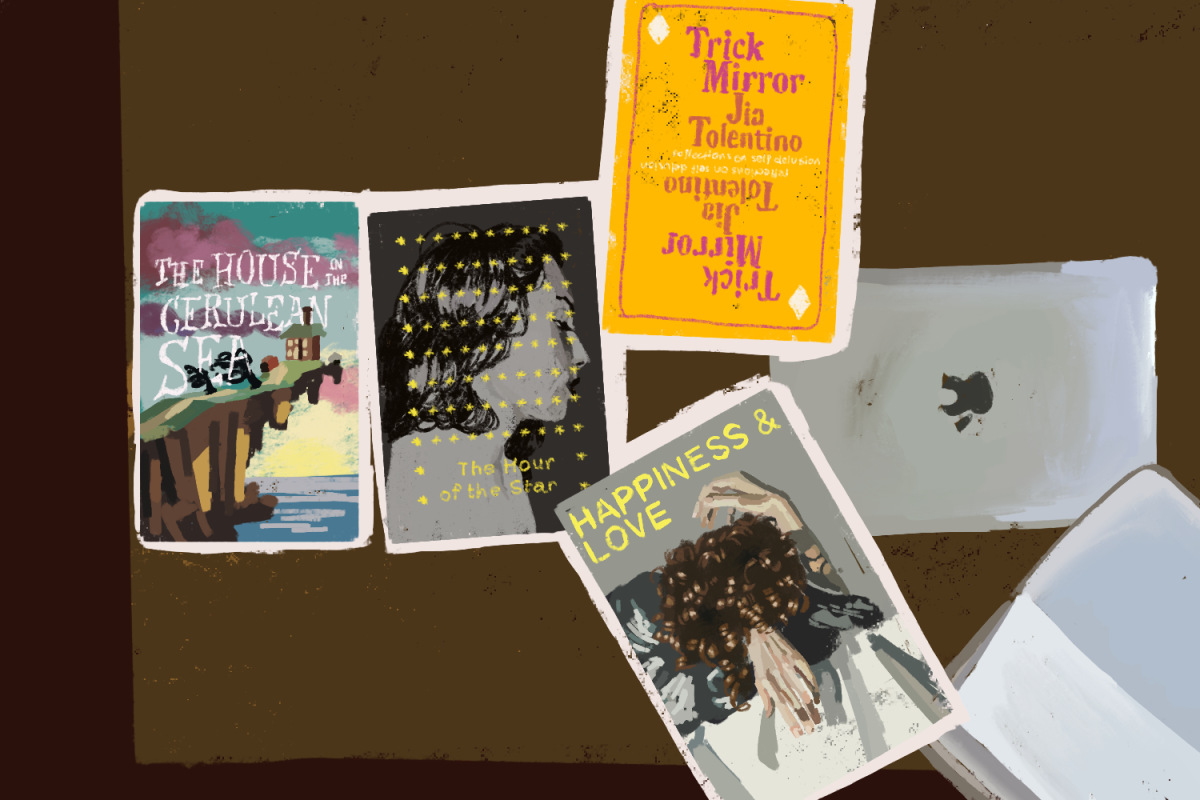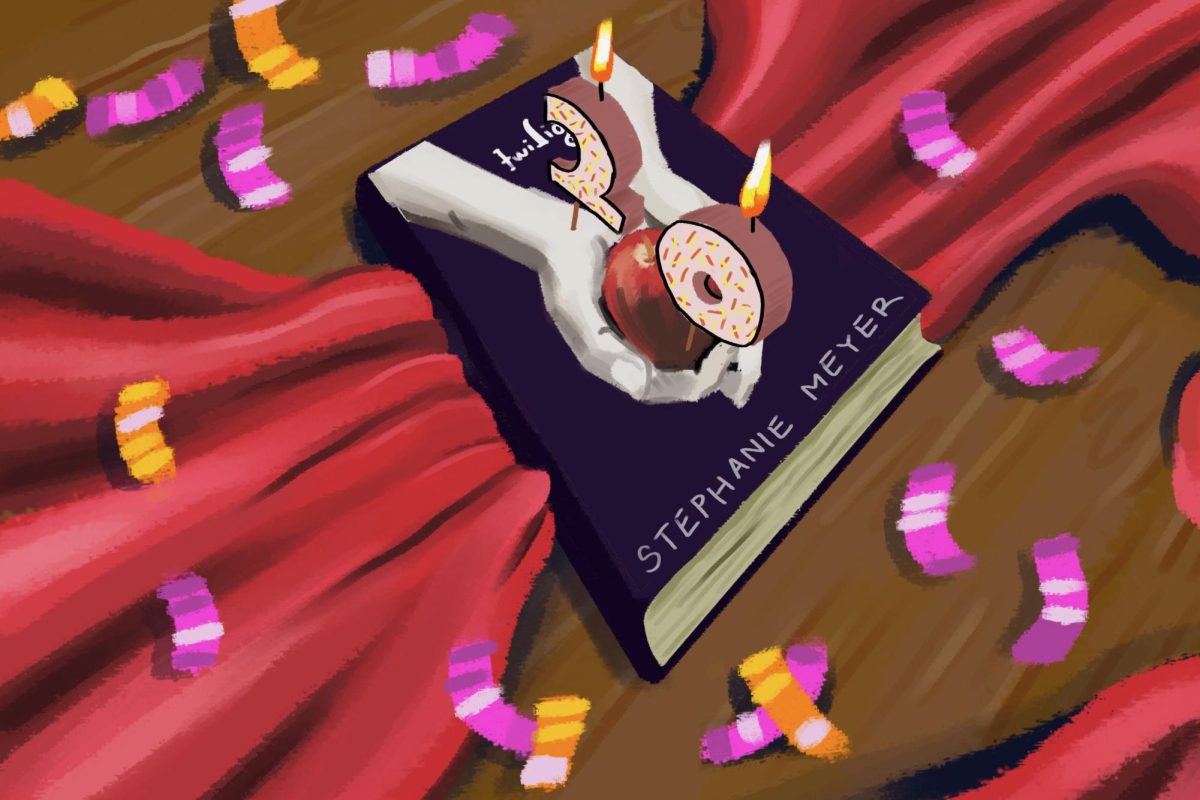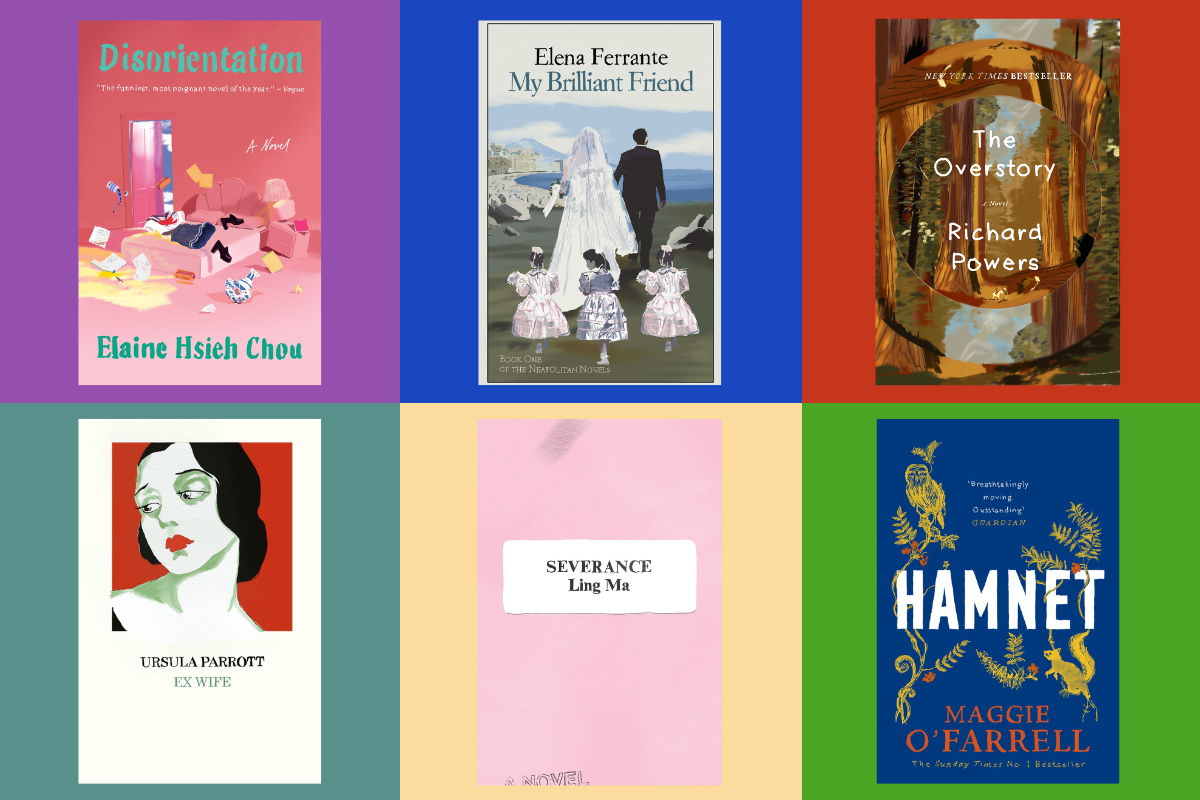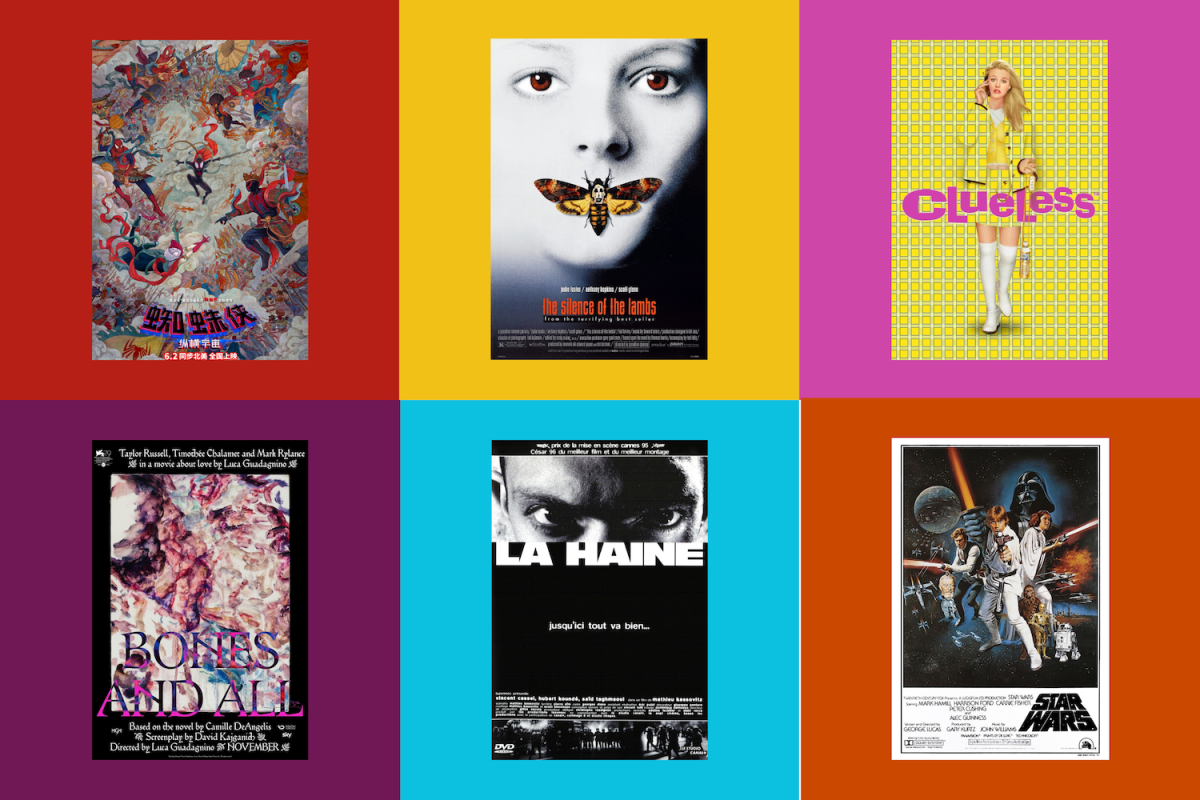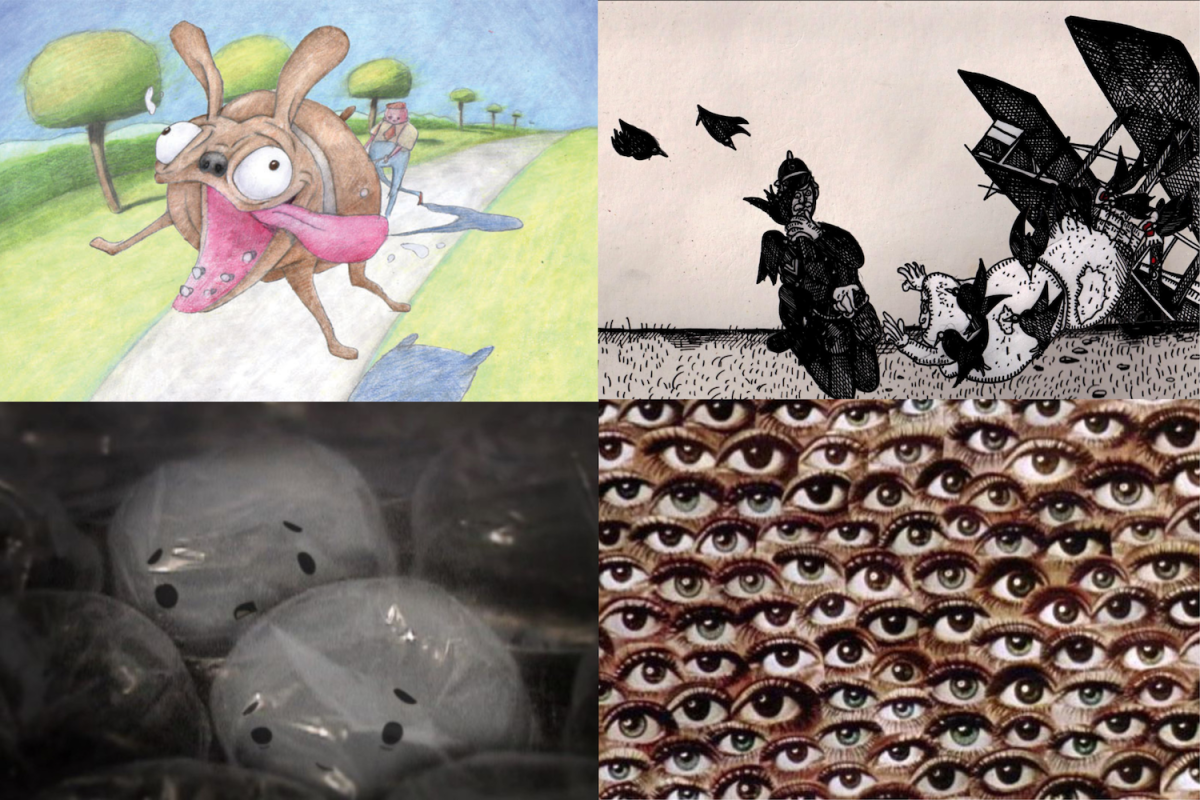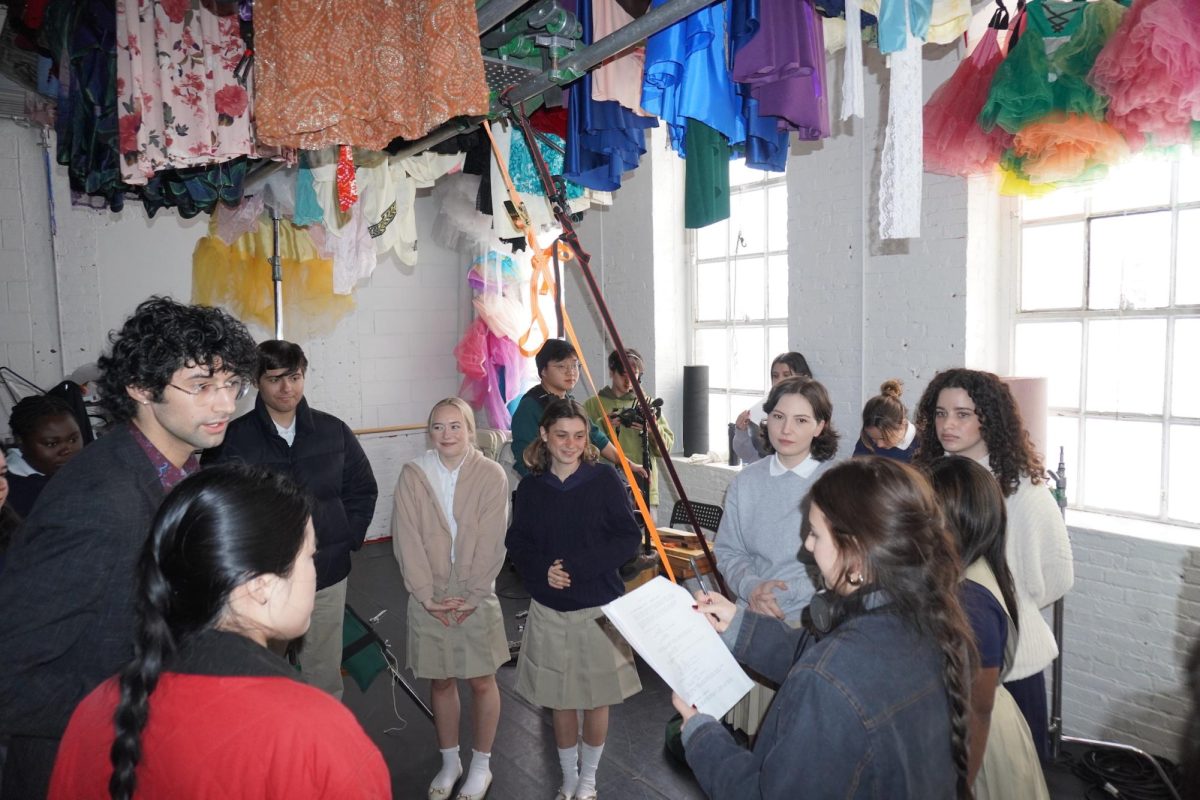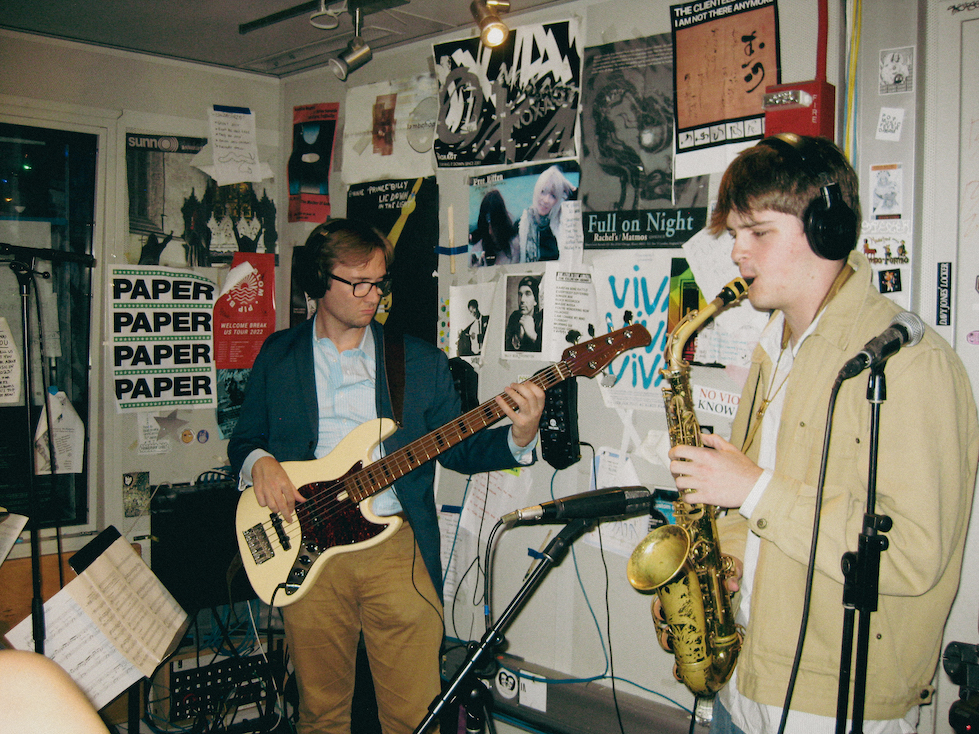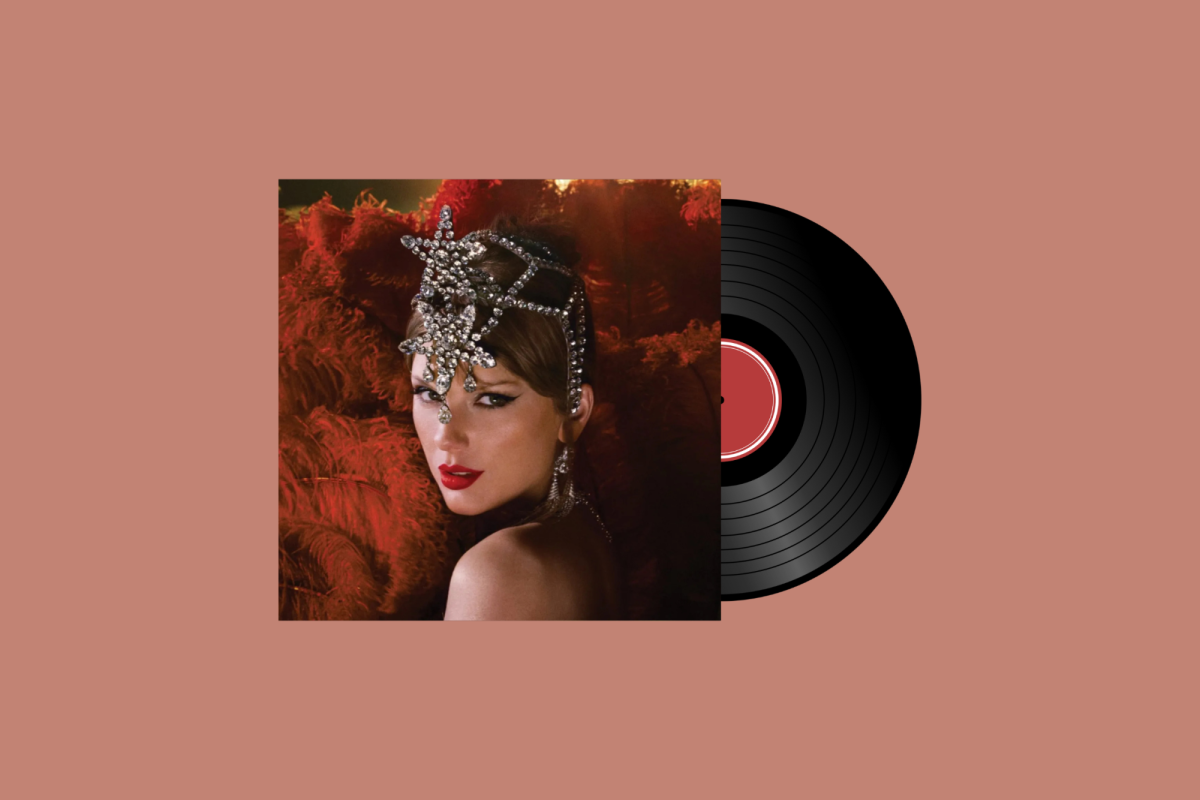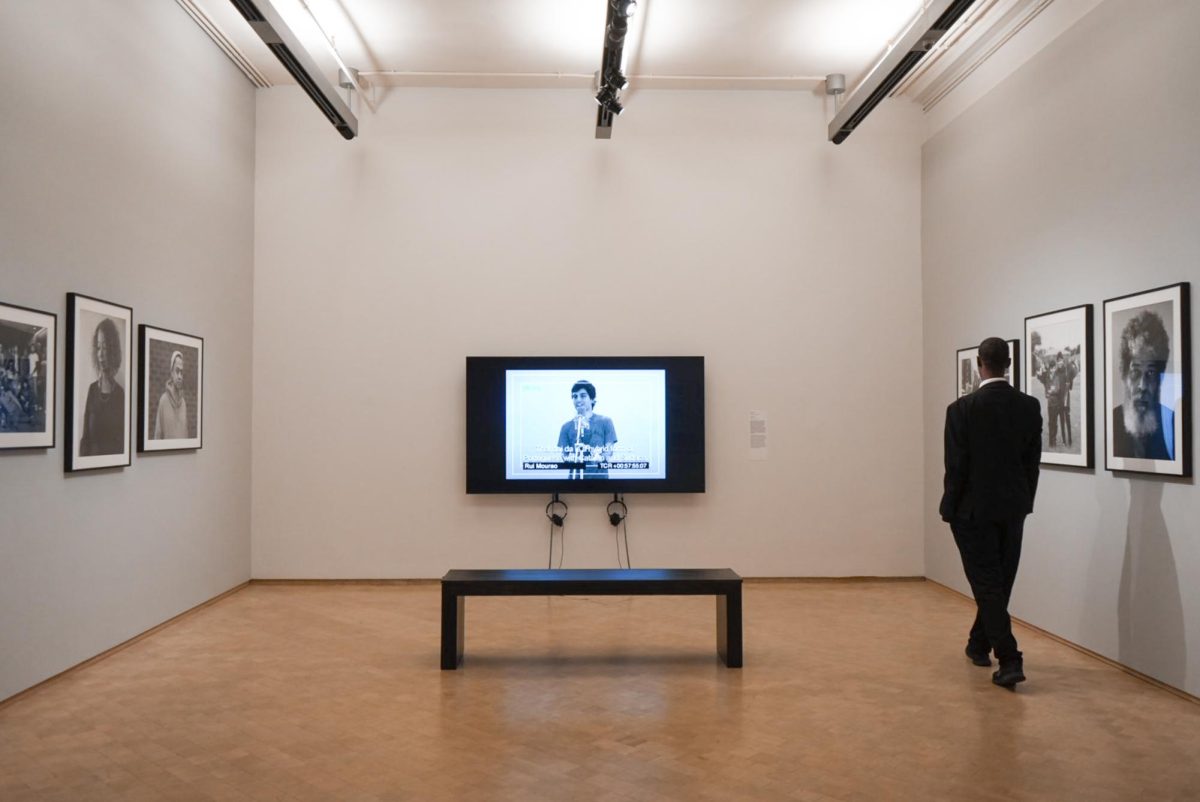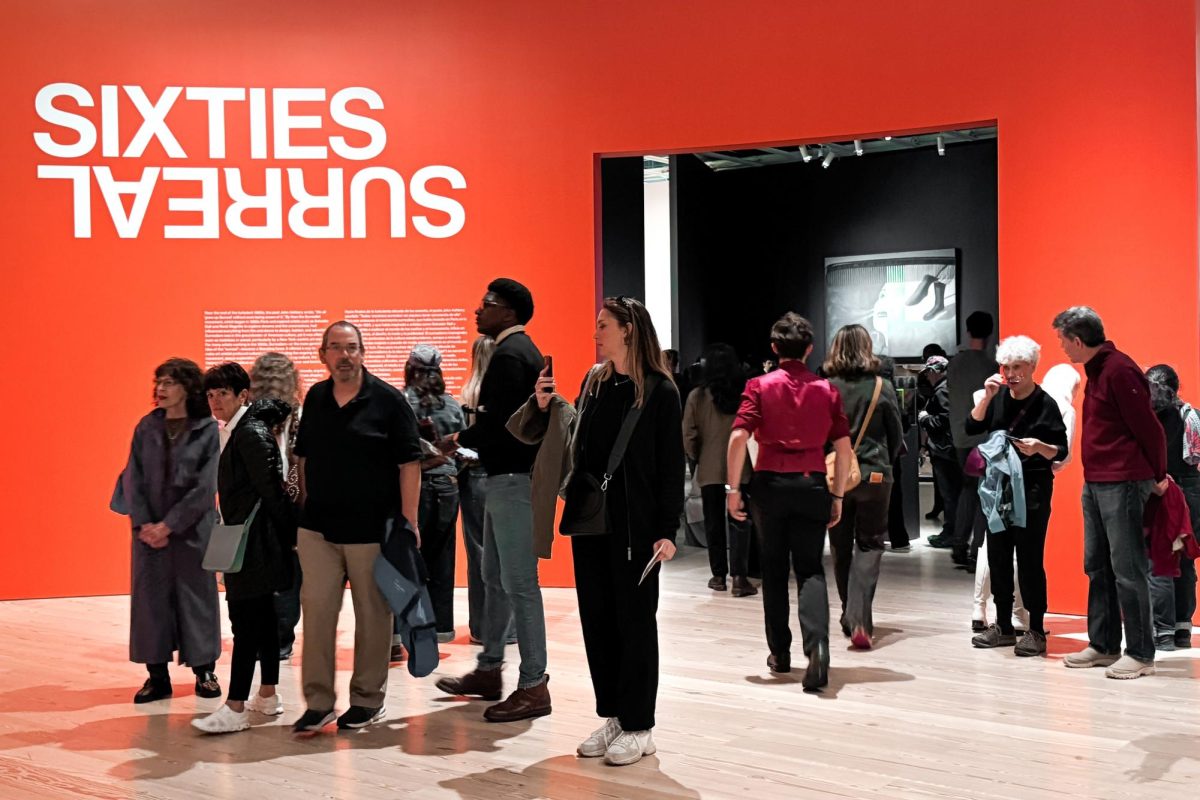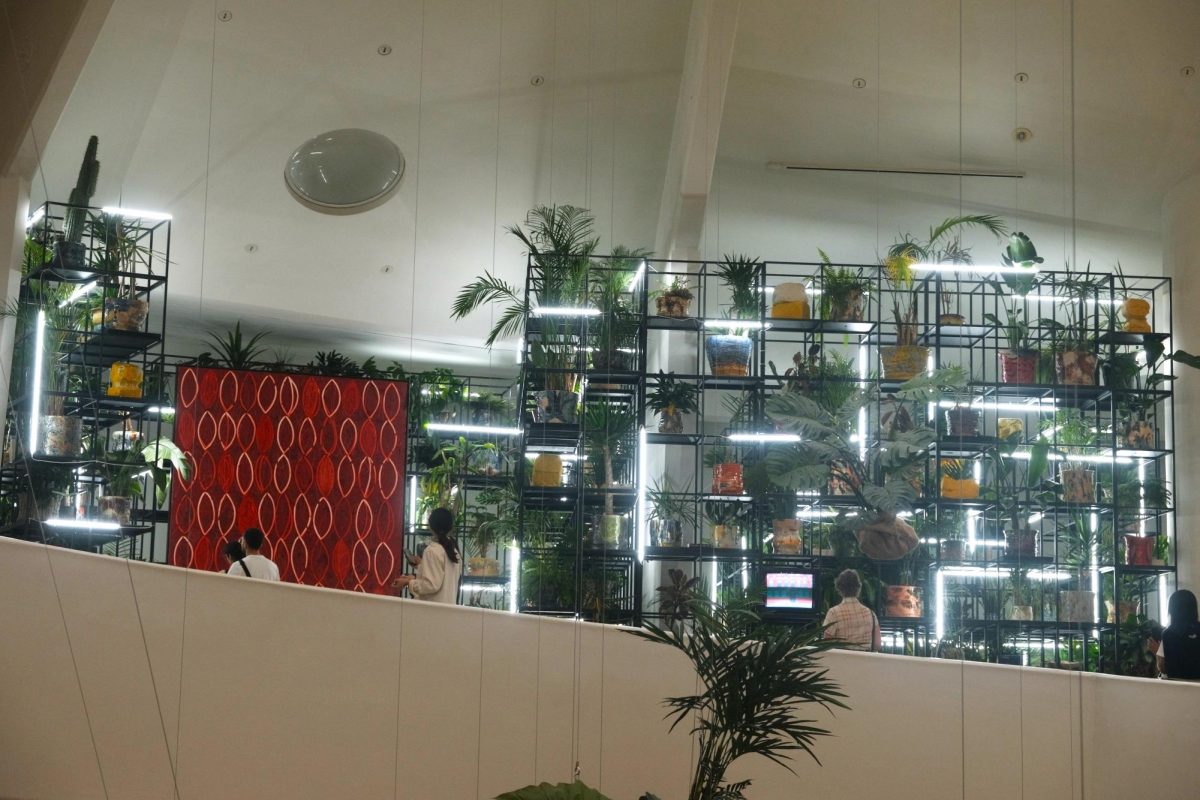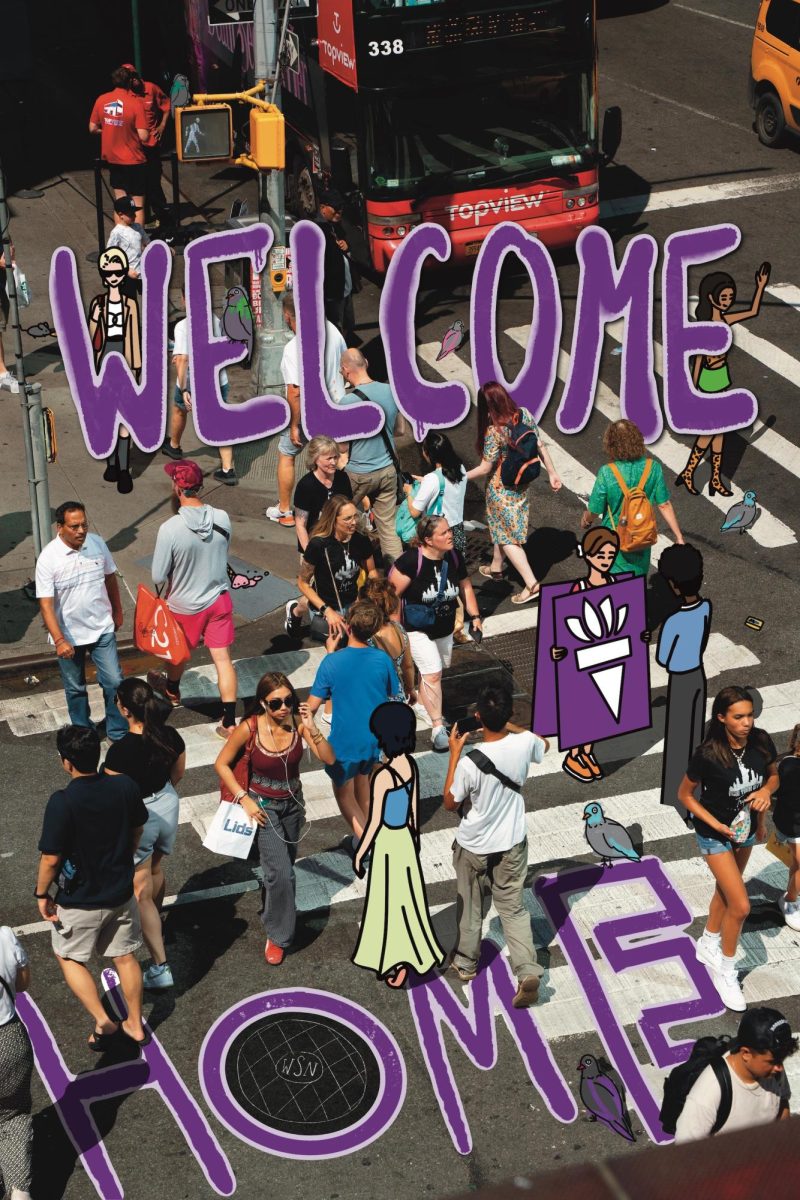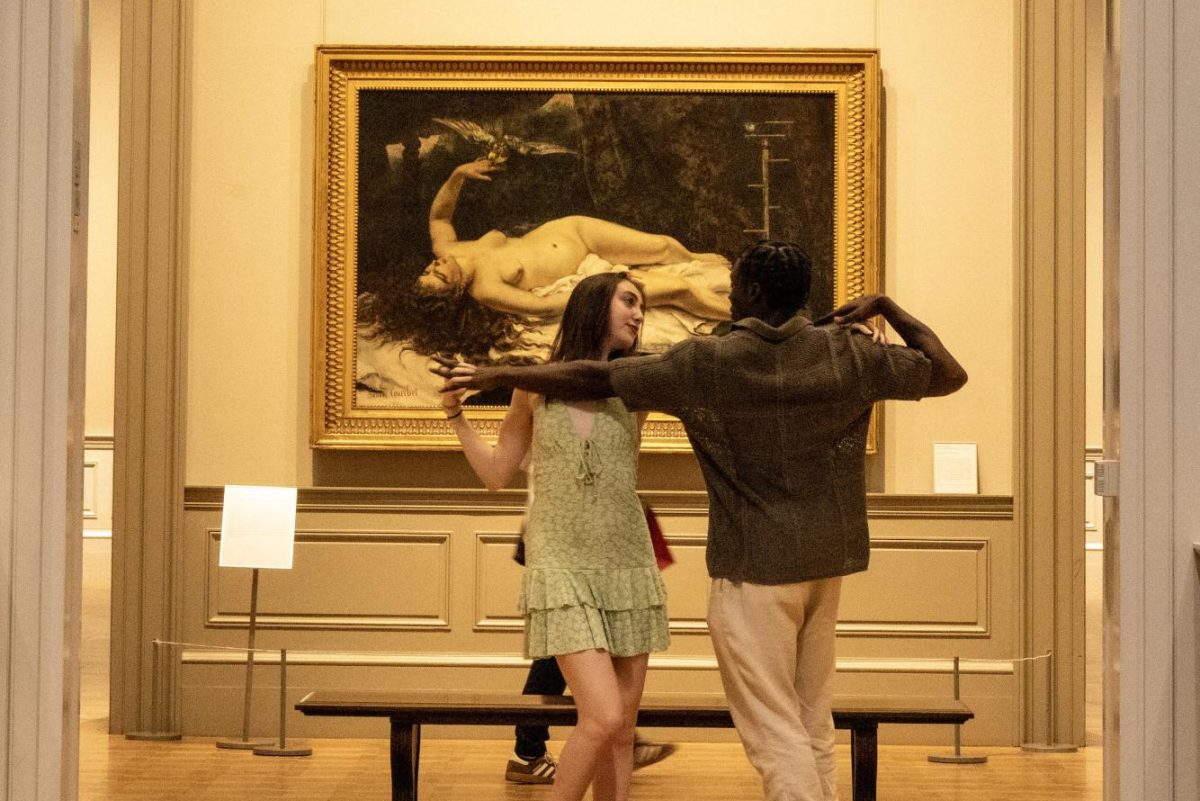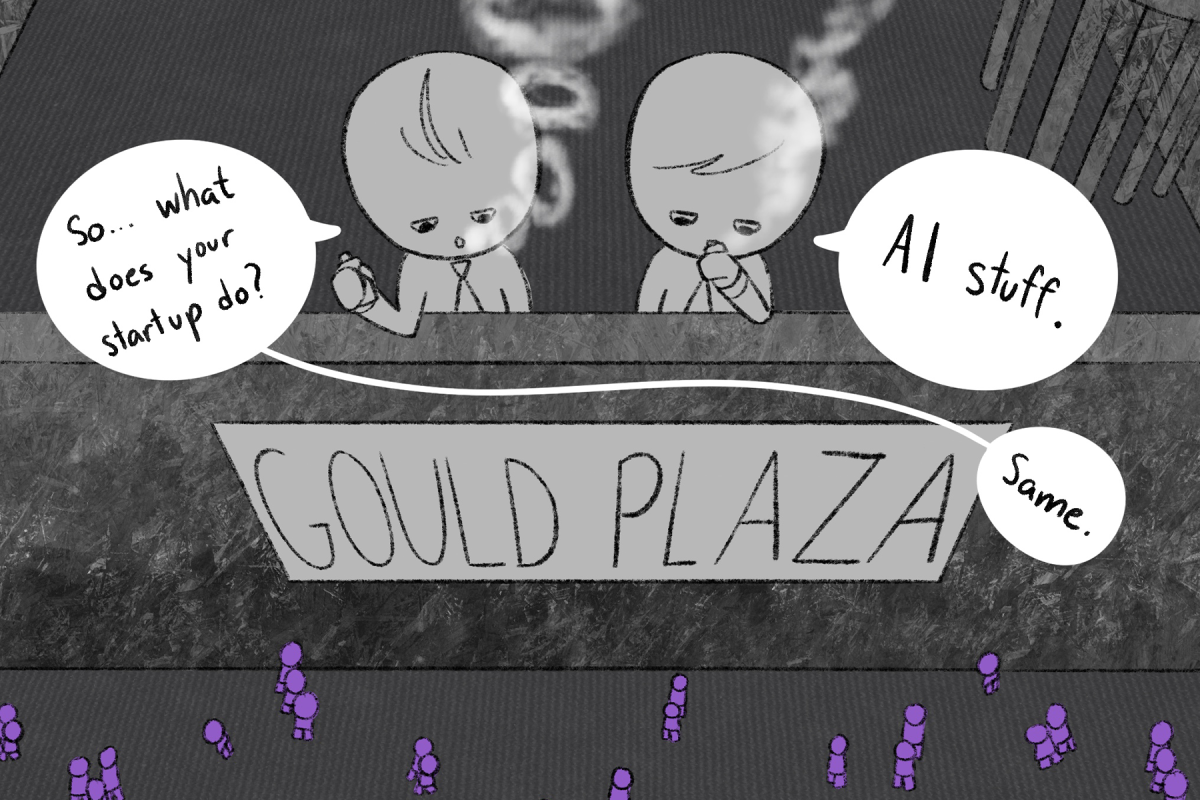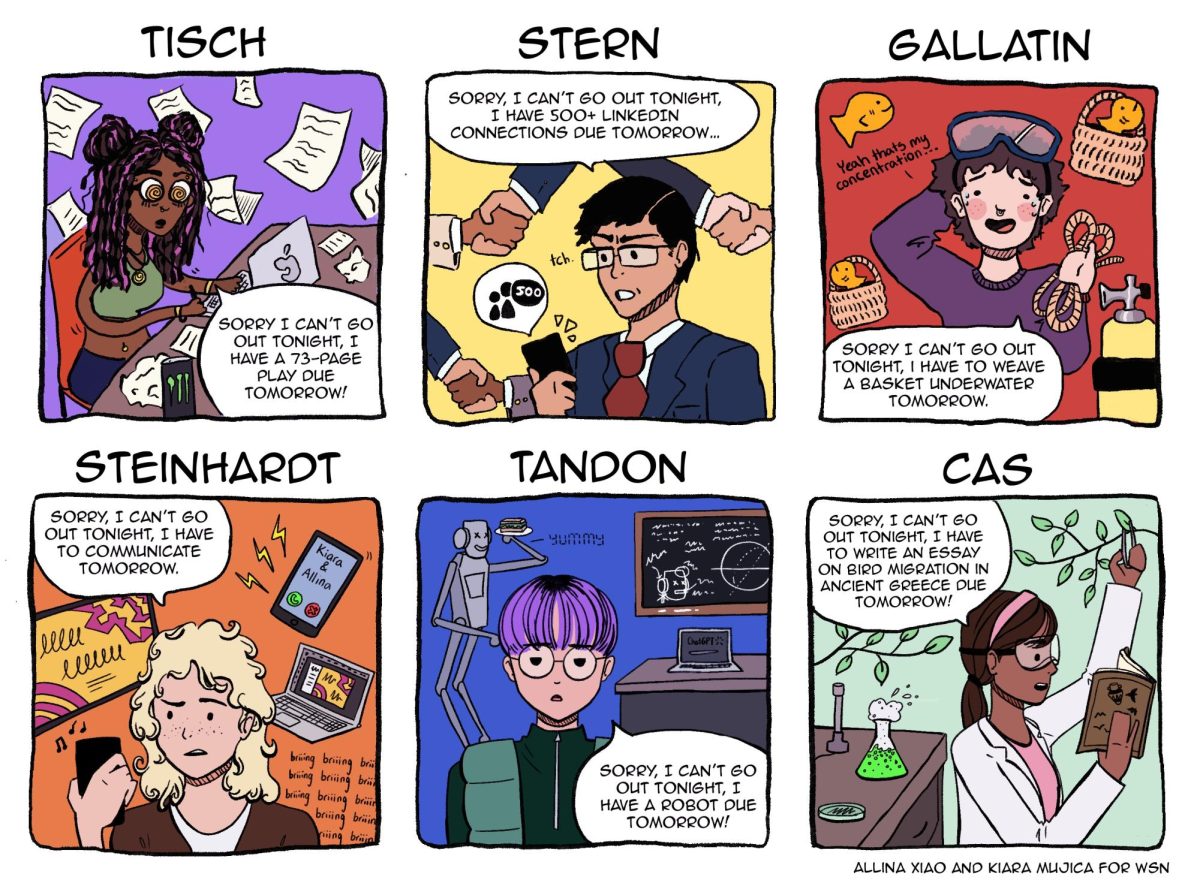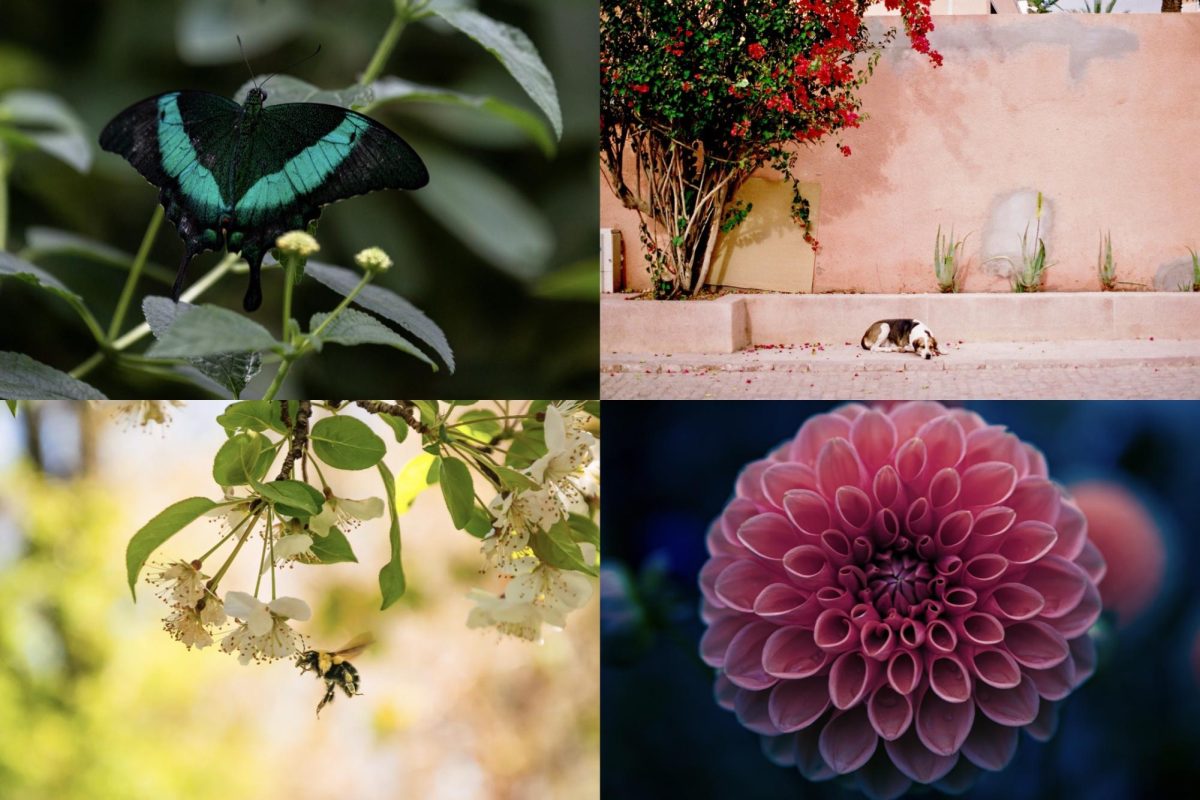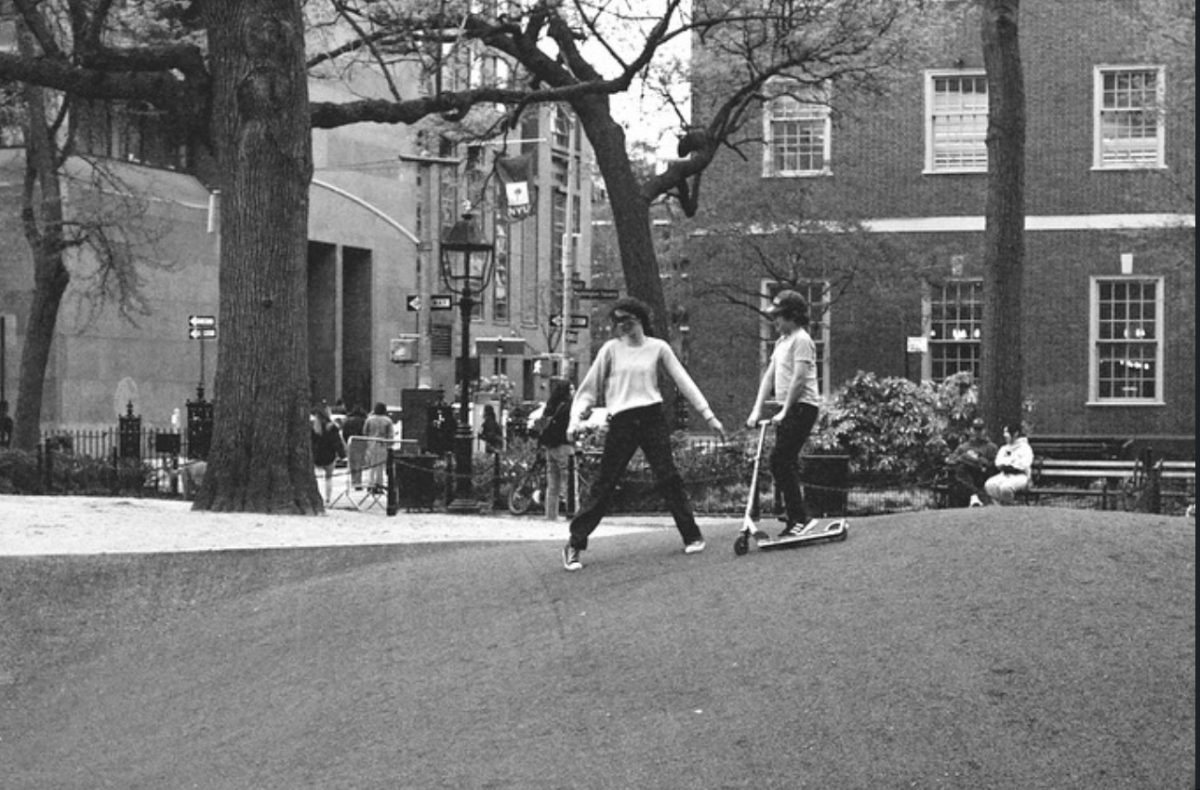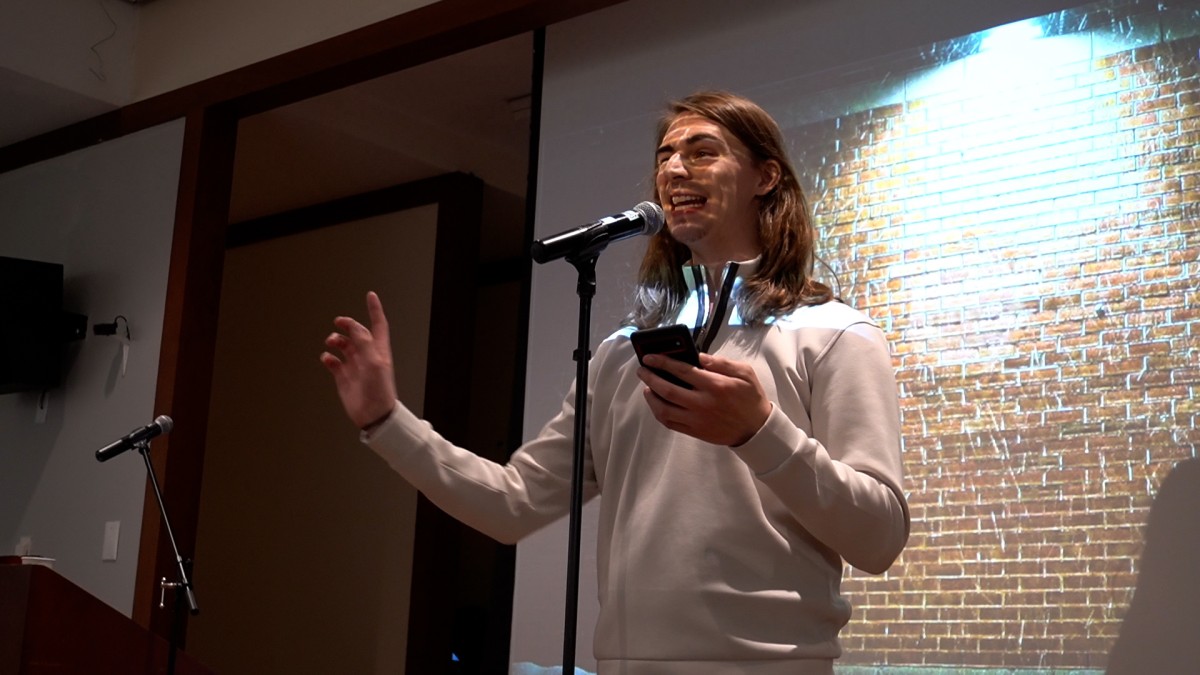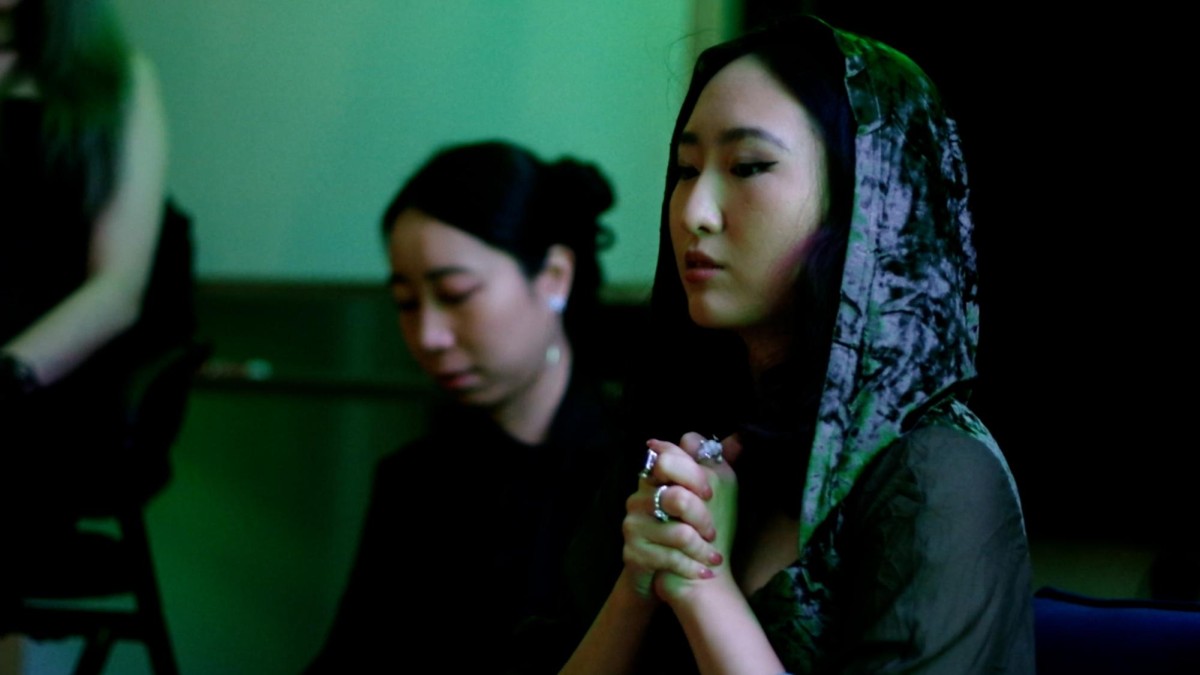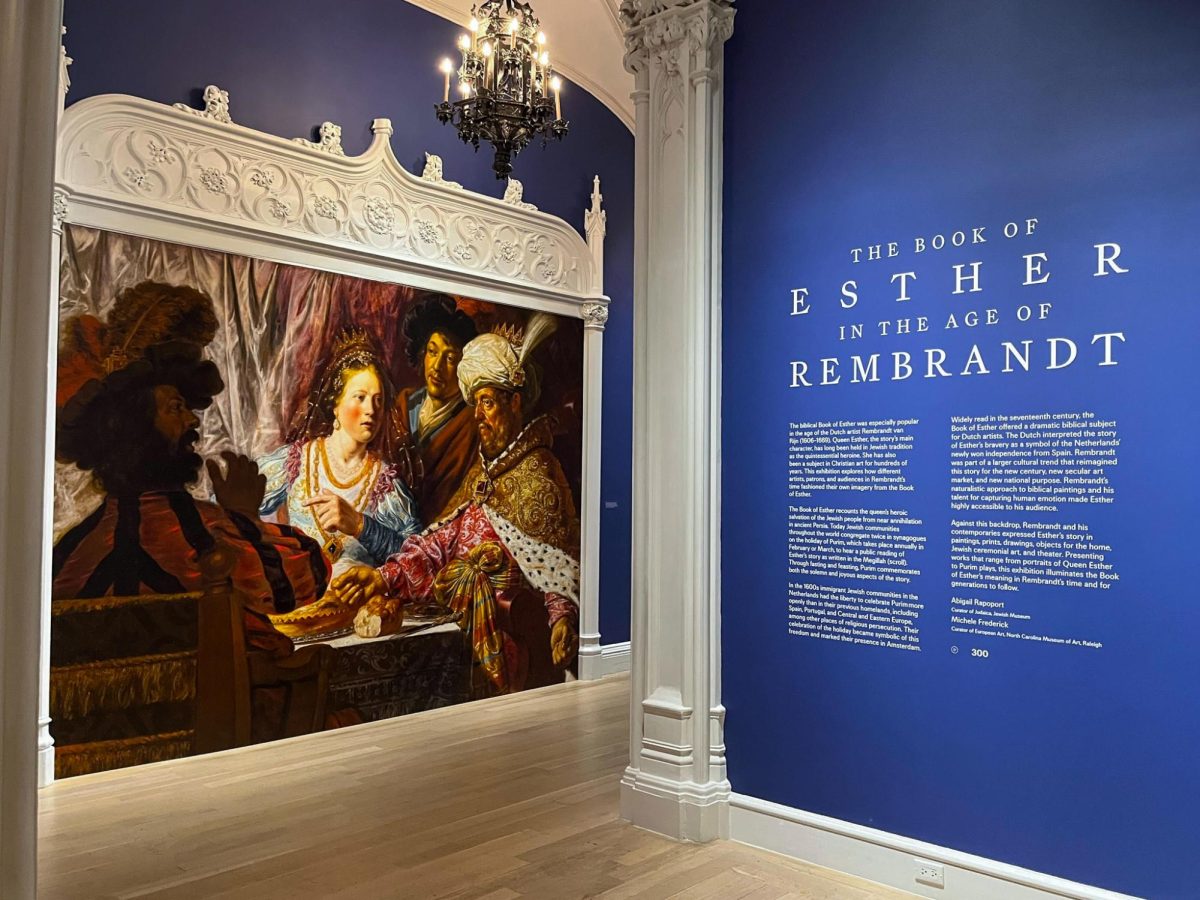On the second floor of the Jewish Museum, dark blue walls, ornate white columns and a 6-foot-tall reproduction of Jan Lievens’ 1625 “The Feast of Esther” welcome visitors to the museum’s latest exhibition. “The Book of Esther in the Age of Rembrandt” opened last month, and its over 120 works explore the somewhat niche intersection of 17th-century Dutch art and the biblical story of Queen Esther.
A large map on the wall near the exhibition entrance first introduces visitors to the globalization that defined Dutch culture during the 17th century, emphasizing the country’s political and commercial connections to the Iberian Peninsula and the Safavid and Ottoman Empires. The exhibition’s first gallery then introduces the story of the Jewish heroine Esther and, in conjunction with the map, situates the story of Esther and the Jewish holiday of Purim — which celebrates Esther saving the Jewish people of Persia in the fifth century B.C.E. — within the broader context of Dutch political and religious conflict and international trade.
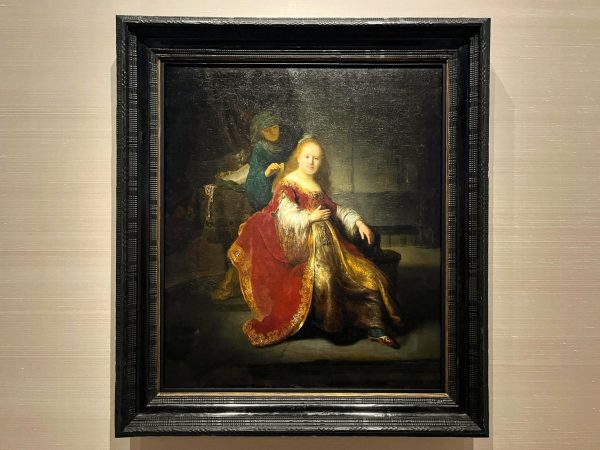
The exhibition is built around Rembrandt van Rijn’s 1632-33 oil painting entitled “A Jewish Heroine from the Hebrew Bible,” which is displayed in its own small gallery room. Above the painting is a quote from Johan van Beverwijck’s 1643 treatise “Of the Excellence of the Female Gender” that reads, “ESTHER has delivered Israel from tyranny and cruelty: A woman alone has withstood armed men by fasting.” The painting itself features a seated young woman at the center, her face and clothing lit by a warm light as she looks out at the viewer. Her gaze involves the viewer in the piece and is strengthened by the curatorial choice to put the painting on its own in the room, encouraging visitors to take the time to look at and appreciate the piece — a practice that is often lost in museum spaces with many works in one room.
However, including the painting of Esther, there are only three paintings by Rembrandt in the exhibition. The other two paintings are a self-portrait of the artist at the age of 23, in which a young Rembrandt dressed in an orientalist costume looks out at the viewer, and the other is a 1633 oil painting titled “Daniel and Cyrus Before the Idol Bel.” A handful of various drawings of biblical stories, women posed as Esther, and contemporary Jewish people round out the collection of Rembrandt pieces, but the collection of works by the artist fell short of the expectation that came with the exhibition’s name.
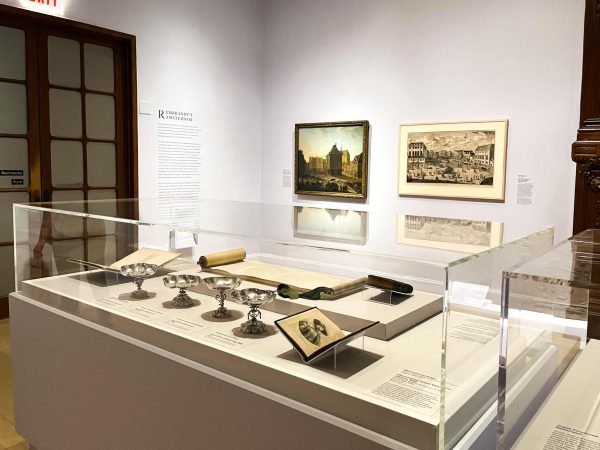
“The Book of Esther in the Age of Rembrandt” is clear in its aim to locate the representations of Esther within Dutch artistic culture beyond the exhibition’s titular artist. The exhibition draws ties between Esther and Dutch national identity, specifically the country gaining independence from Spain in 1648, and Amsterdam’s identity as a diverse, cosmopolitan trade center. Exemplified by the map at the start of the exhibition, Dutch international connections led to frequent depictions of goods from the Middle East — considered “exotic luxuries” — in Dutch art. Lievens’ “The Feast of Esther” is a key example of Dutch artistic interest in foreign clothing, with richly colored fabrics adorning both Esther, dressed in contemporary Dutch clothing at the center, and her husband Ahasuerus at the right, who wears a robe and turban.
The exhibition also presented paintings and drawings alongside objects in different mediums: Bibles, illustrated scrolls and silver cups produced in the Netherlands and involved in Purim. Donation-collecting vessels called tazzas are shown alongside Esther scrolls, which are read aloud in the synagogue on holidays and feature images of Esther. These two objects together offer an insightful comparison between differing cultural modes of production. Protestant Dutch artists painted scenes of Esther to explore images of foreign objects and express an affinity with Dutch national identity. Meanwhile, the images on objects made by Jewish artists are imbued with religious significance. By bringing these paintings and ritual objects together, the exhibition positions the Book of Esther and Jewish cultural production as an influential niche within broader Dutch artistic practices.
“The Book of Esther in the Age of Rembrandt” is on view on the second floor of the Jewish Museum until Aug. 10, 2025. The museum has a discounted rate for students and free admission on Saturdays.
Contact Katherine Welander at [email protected].




